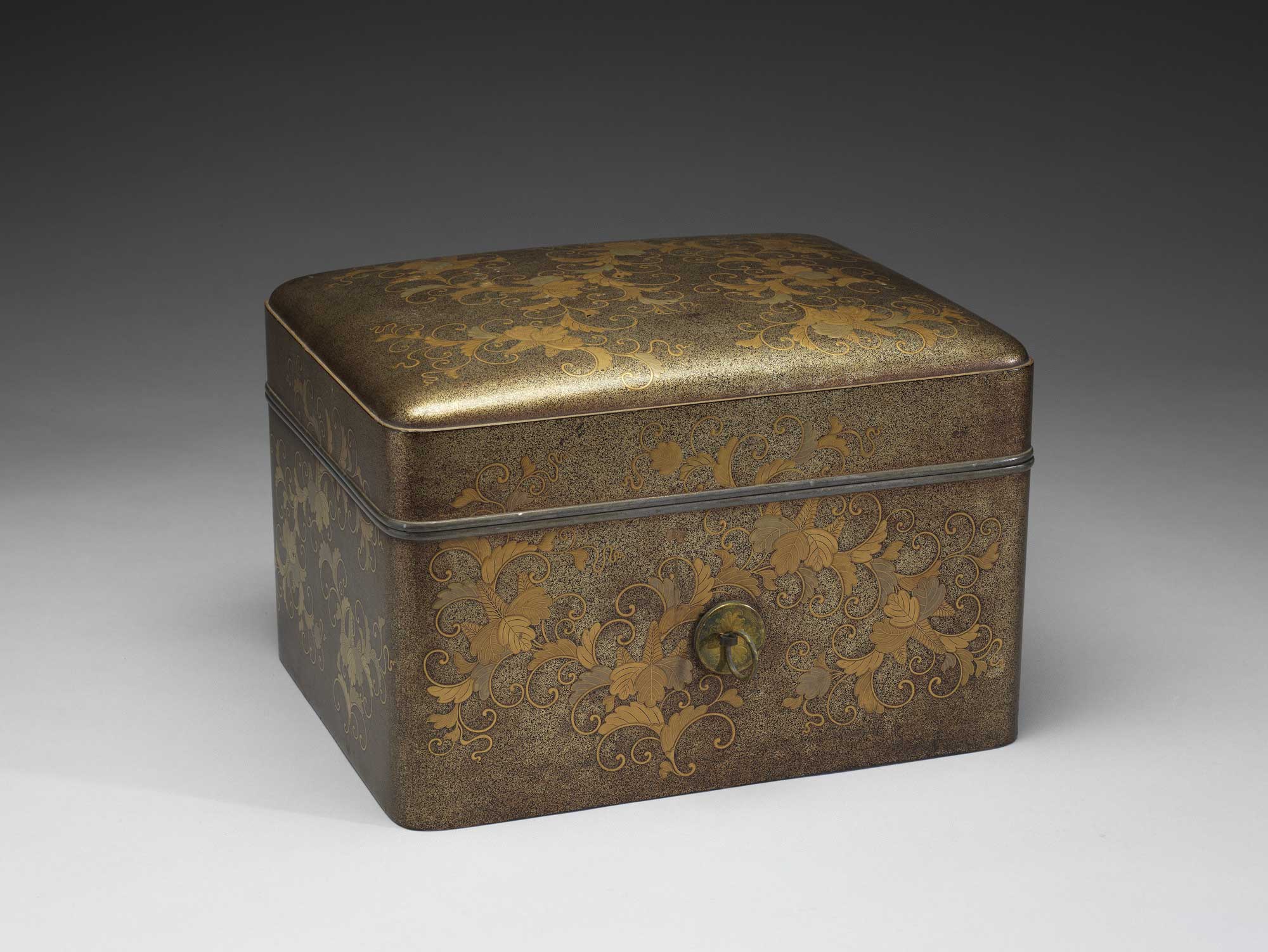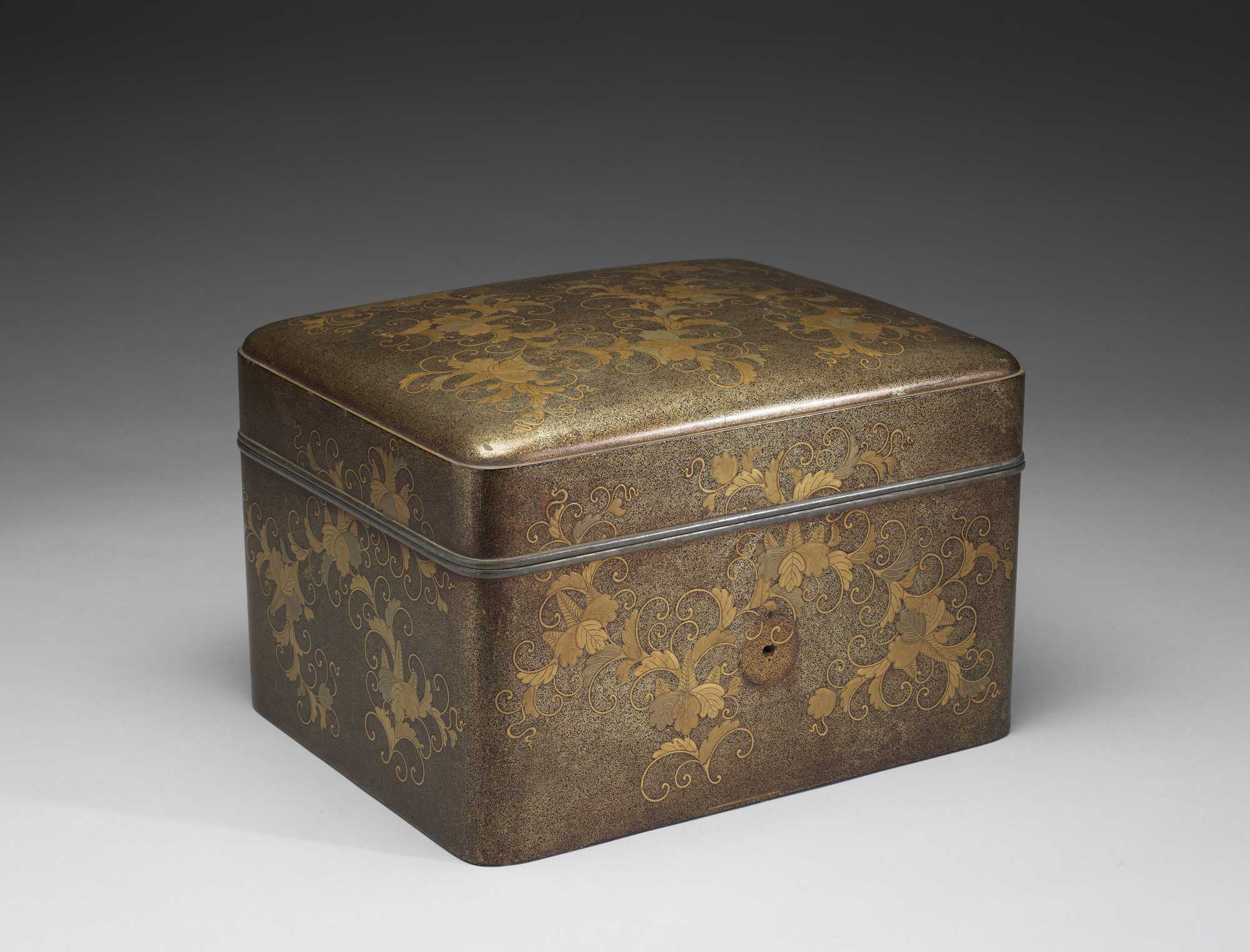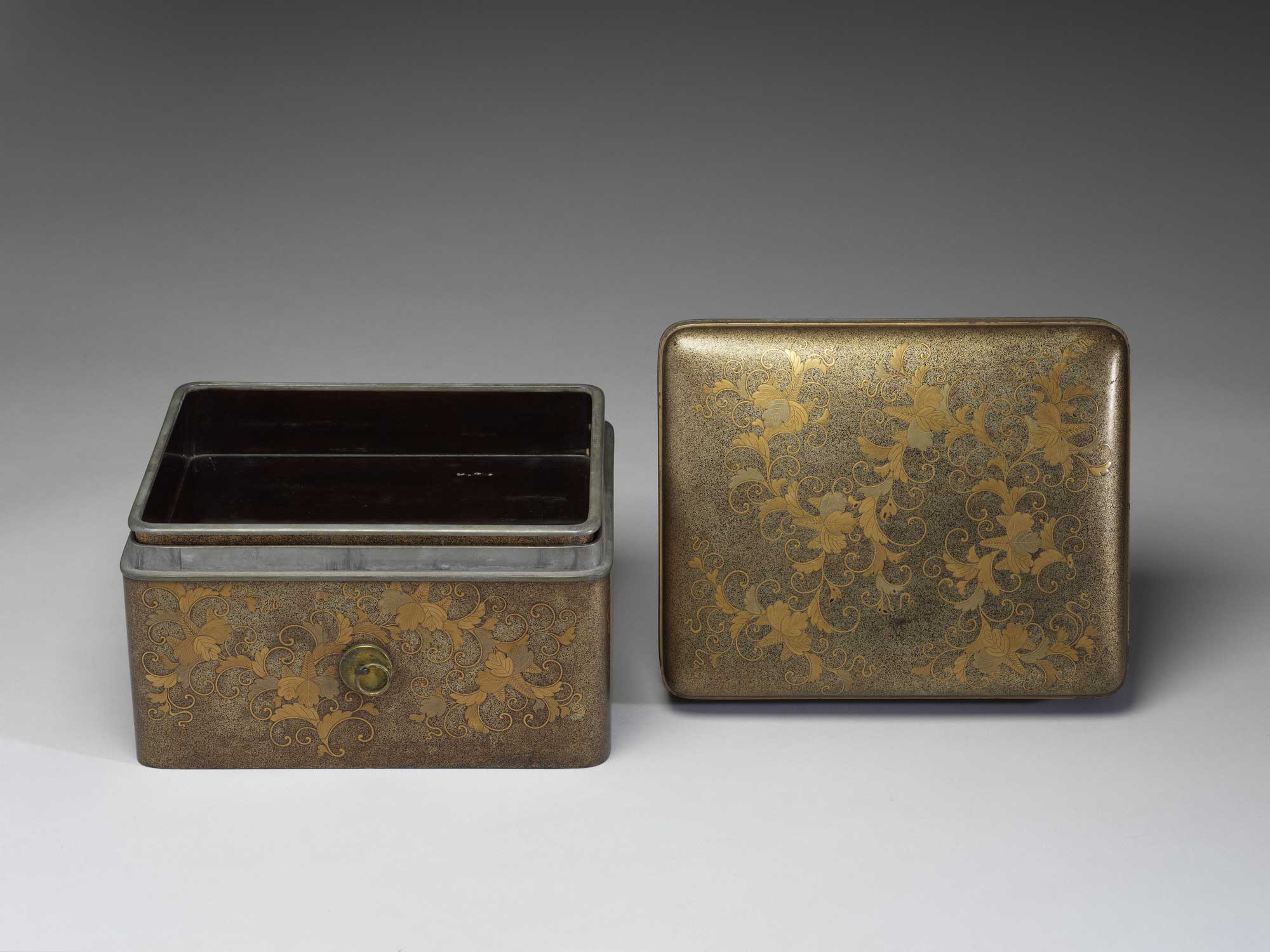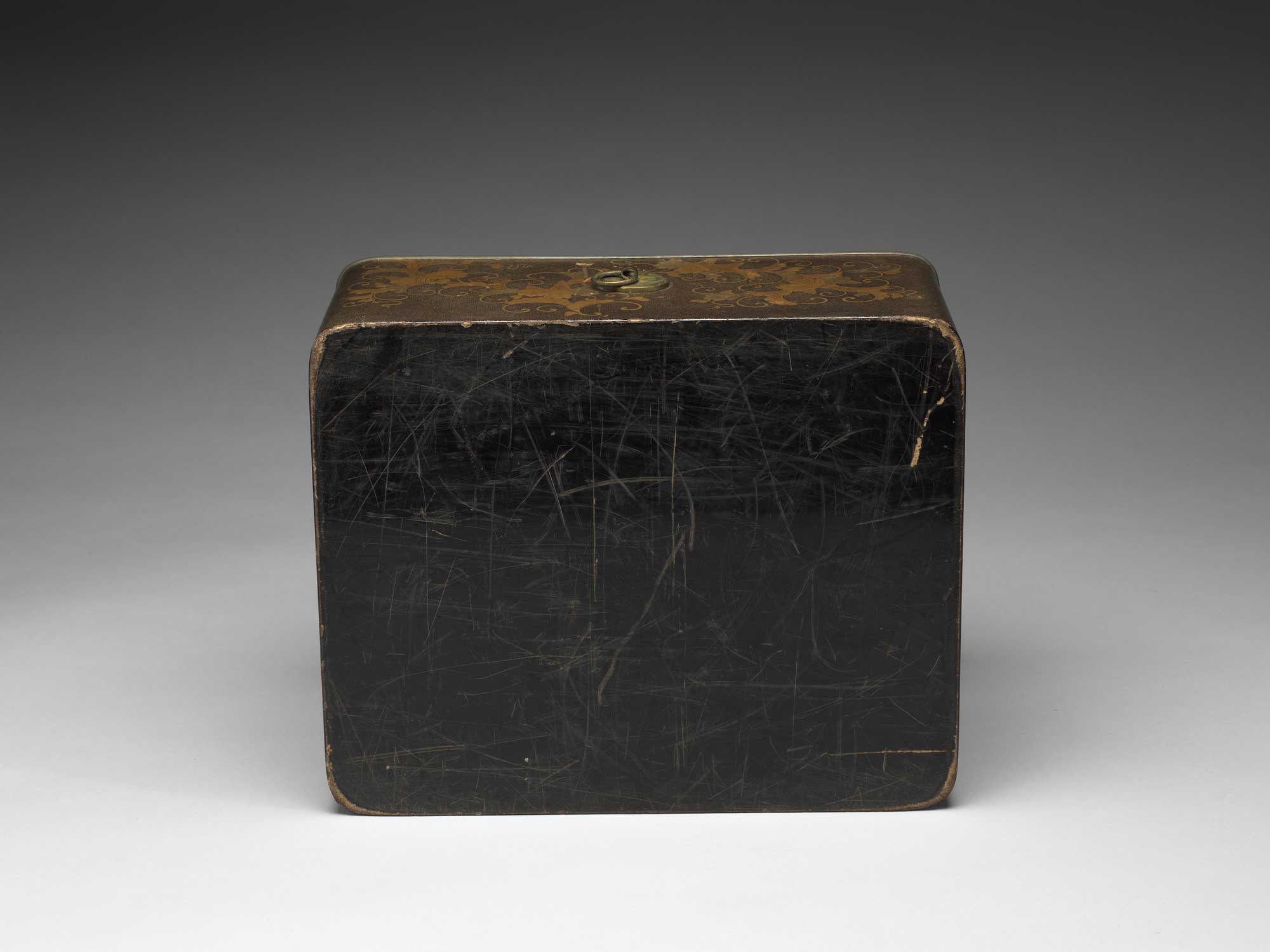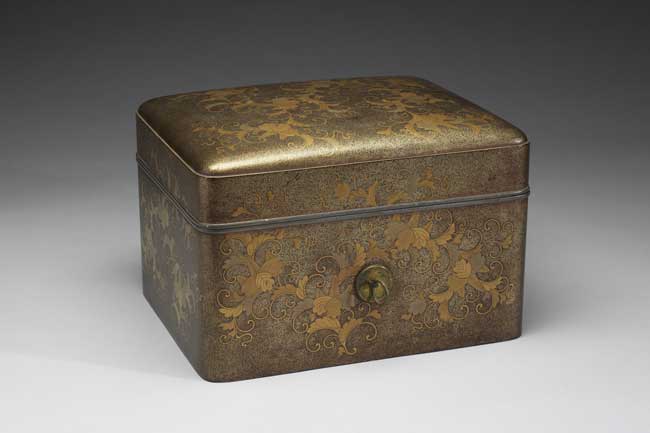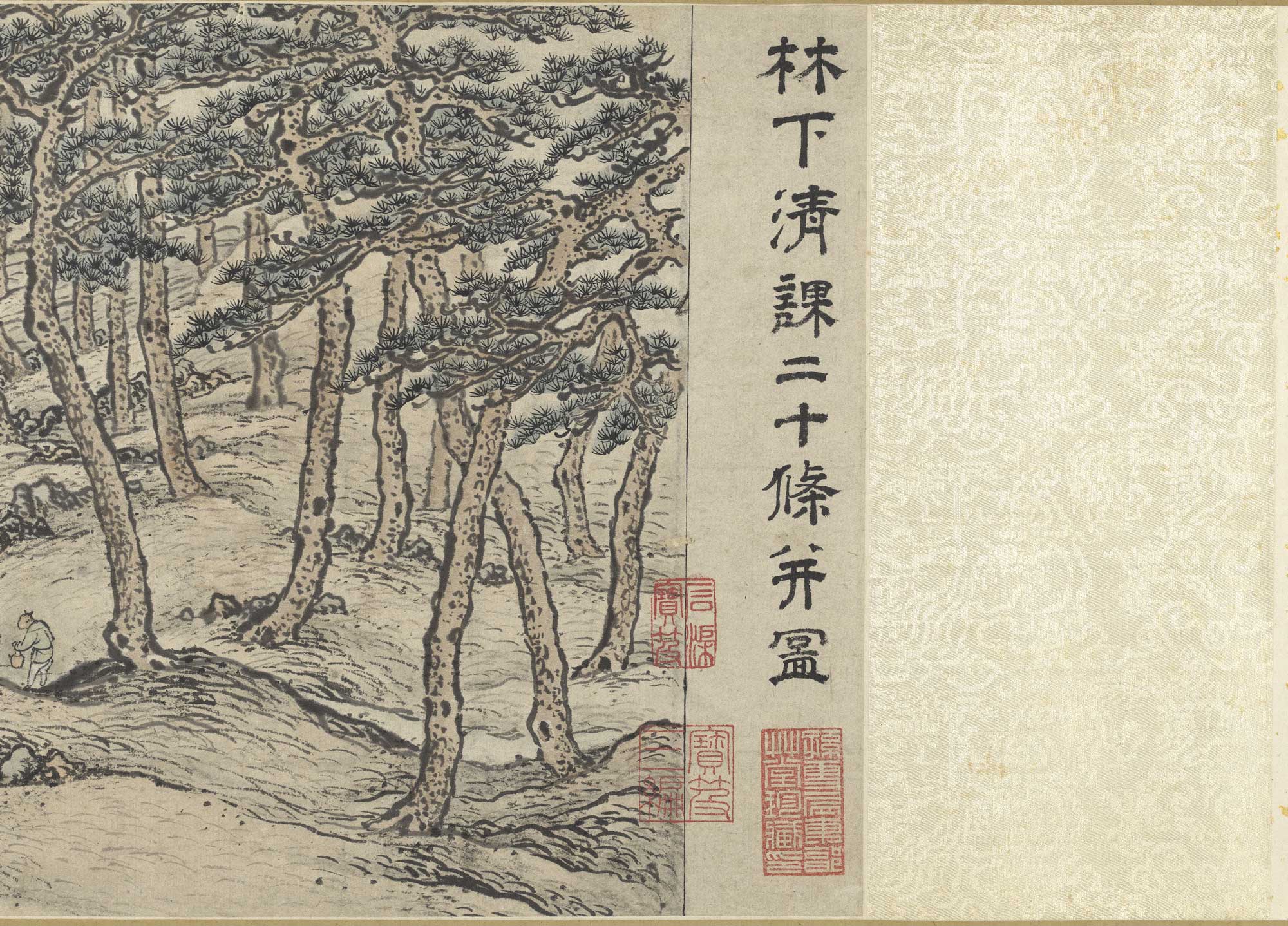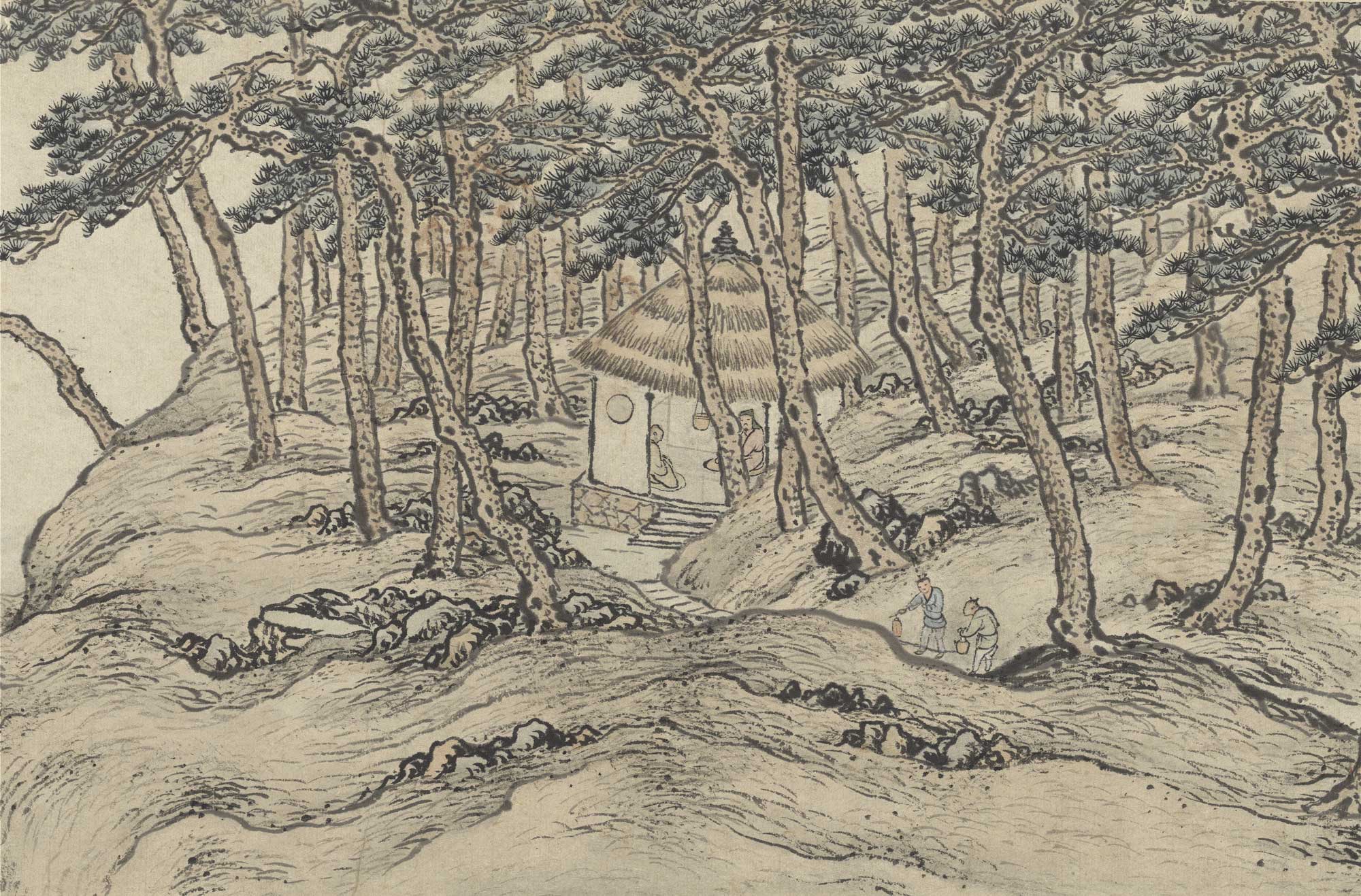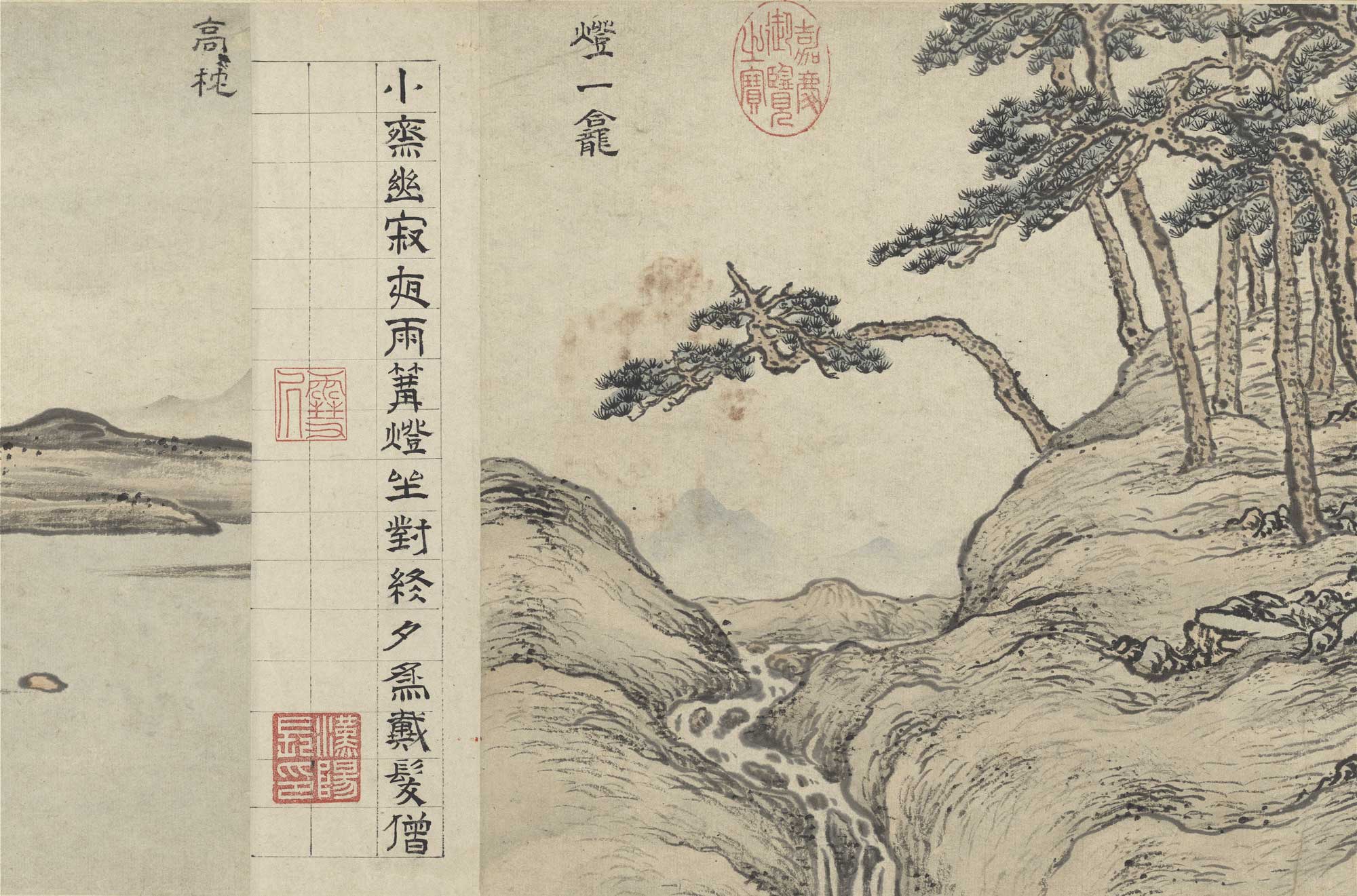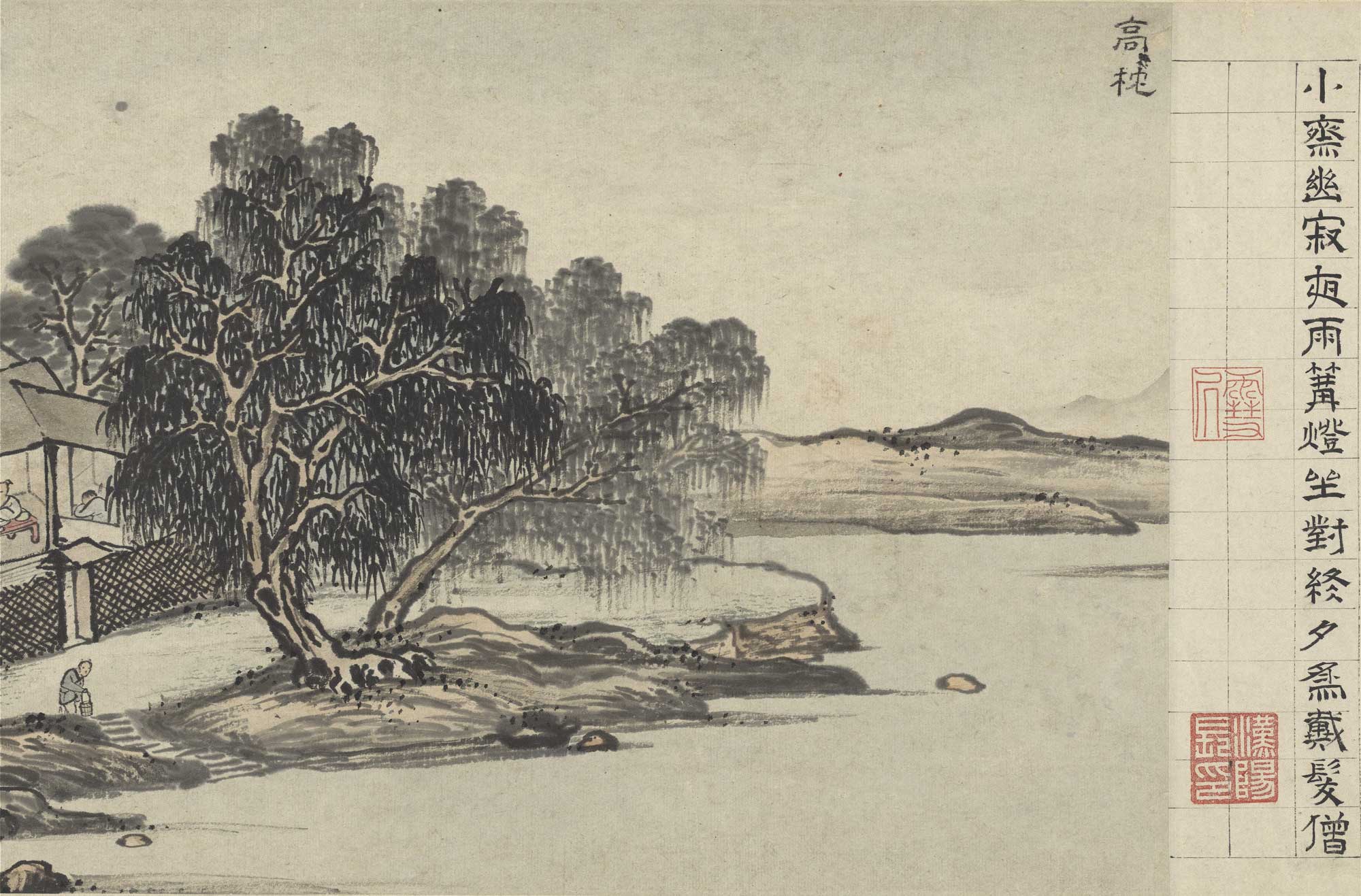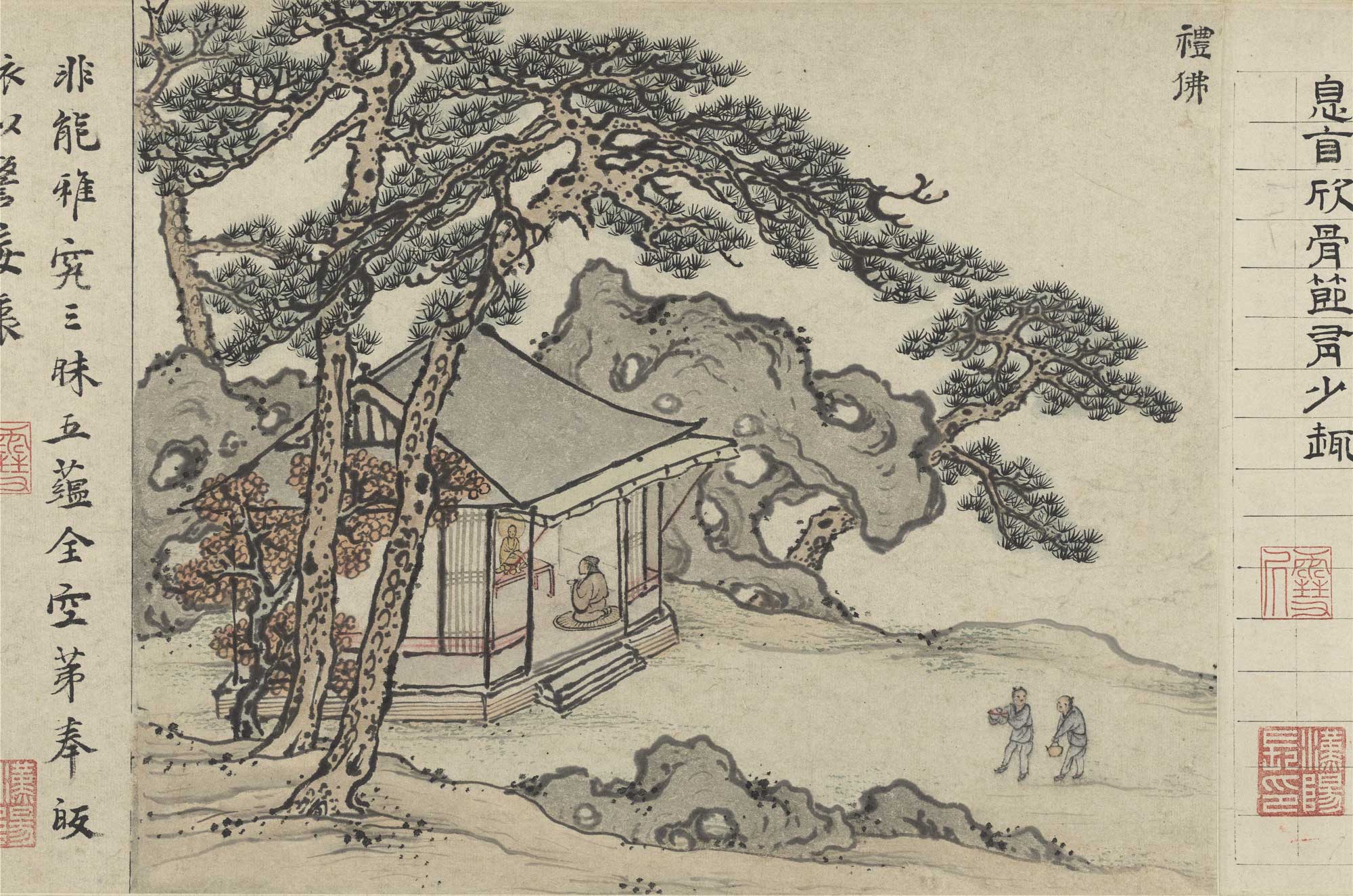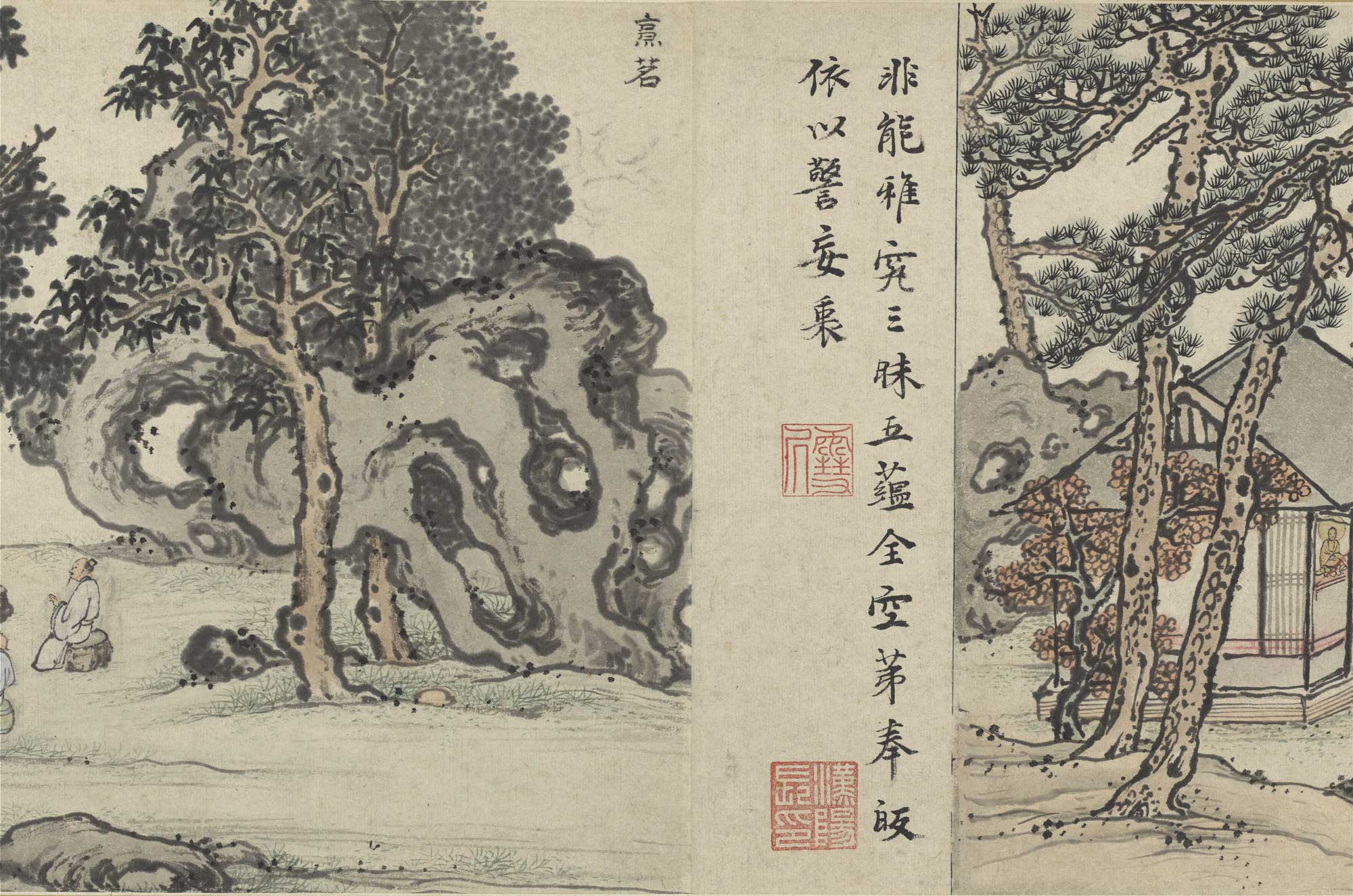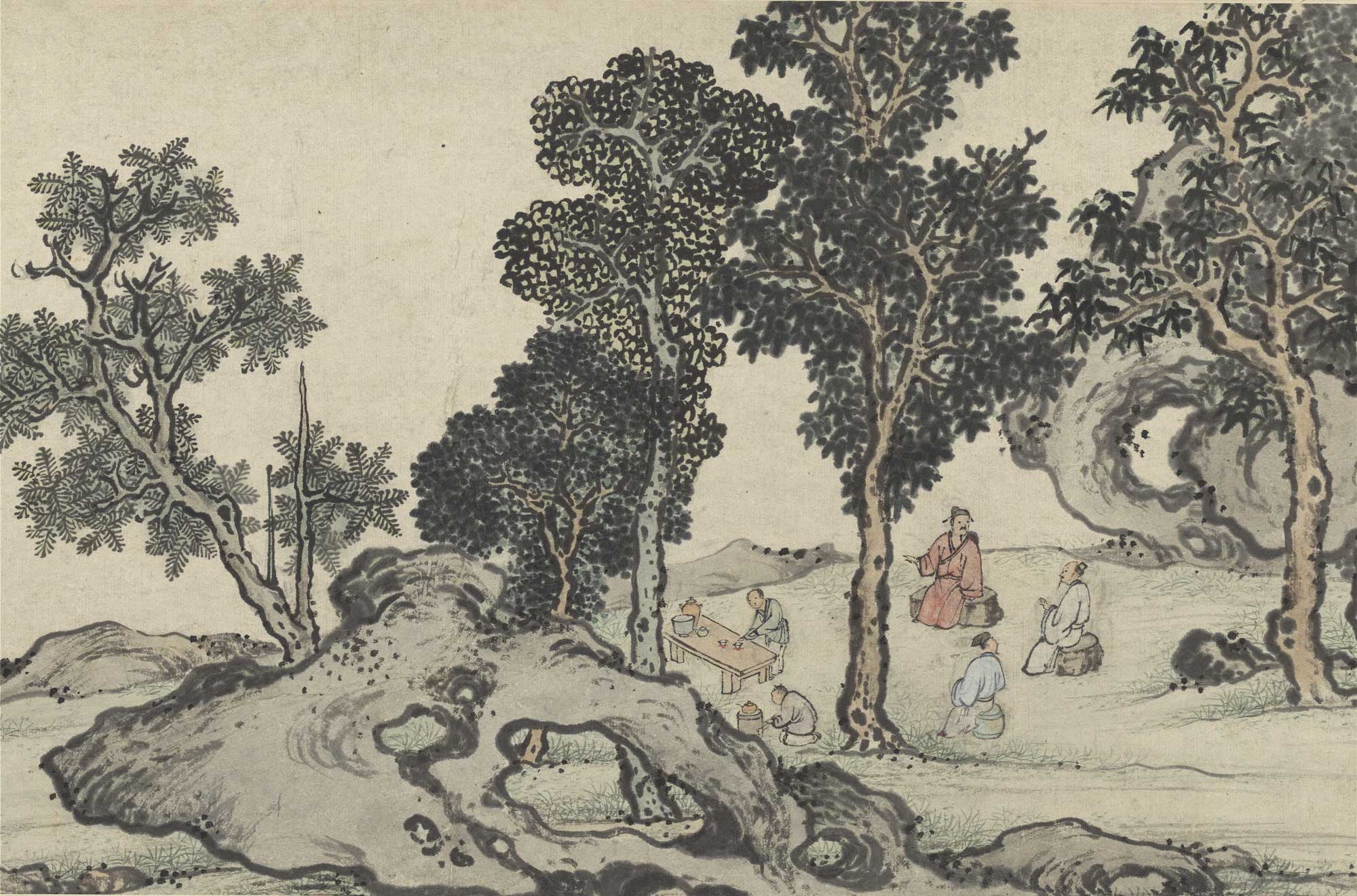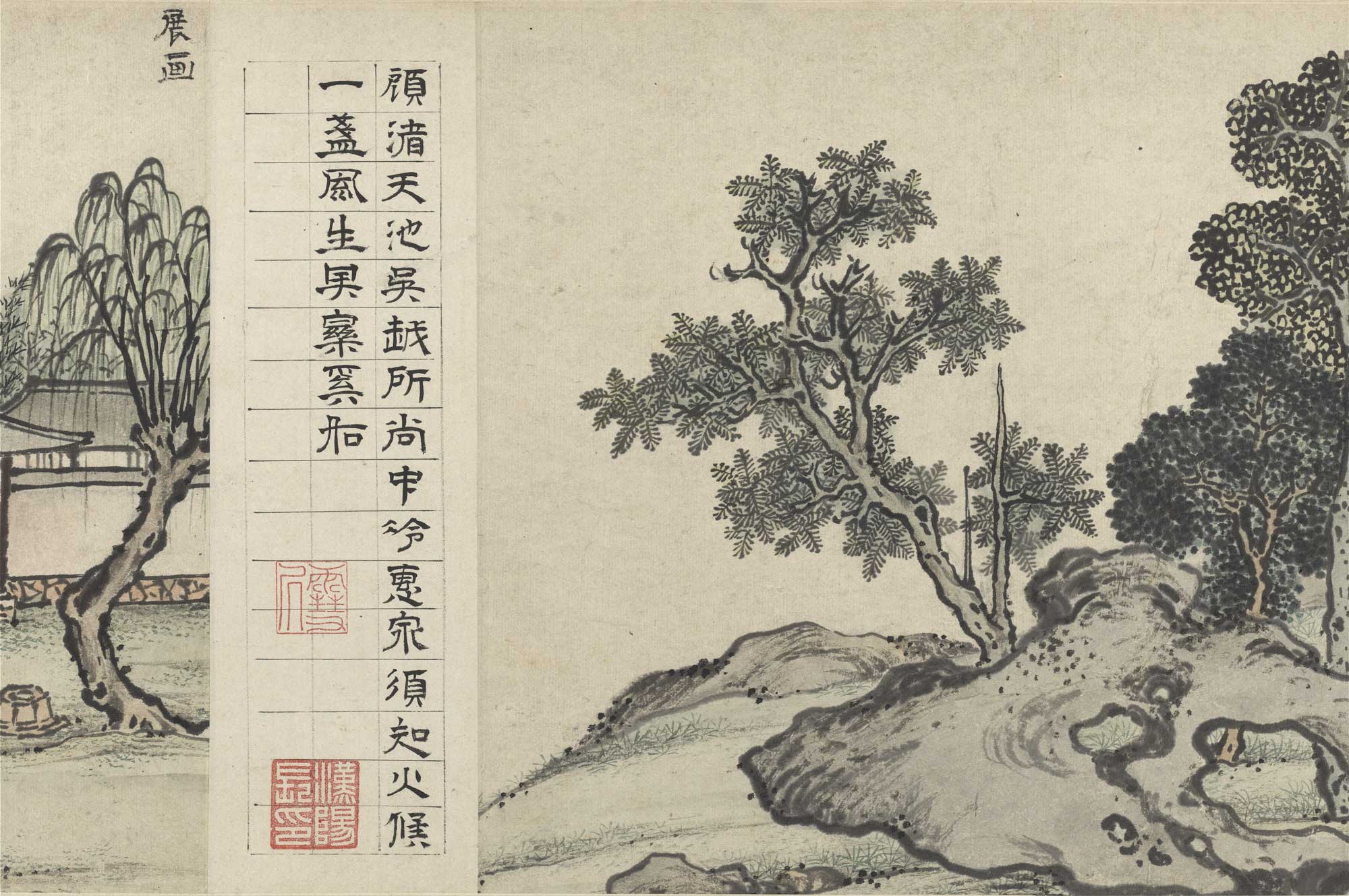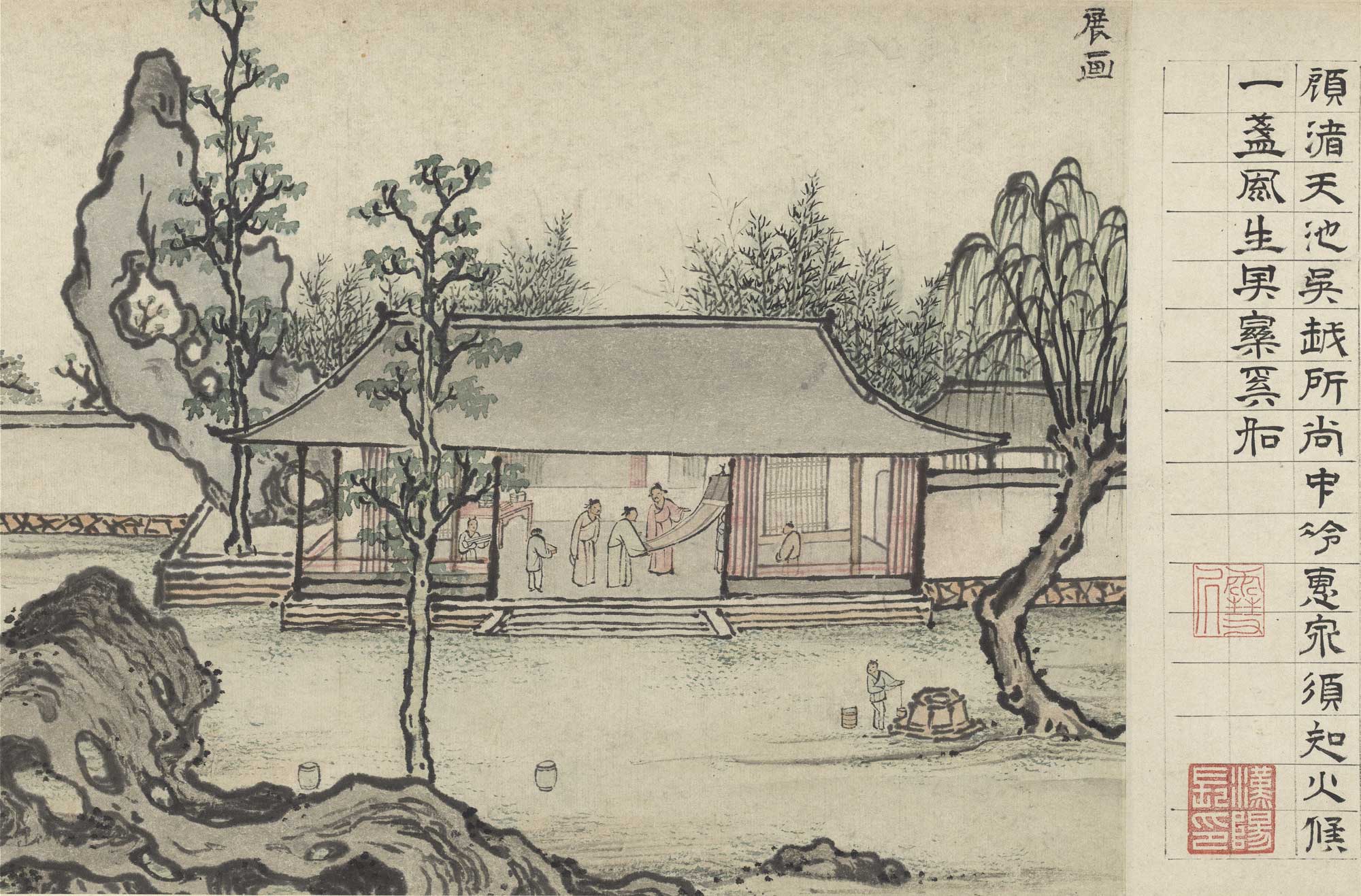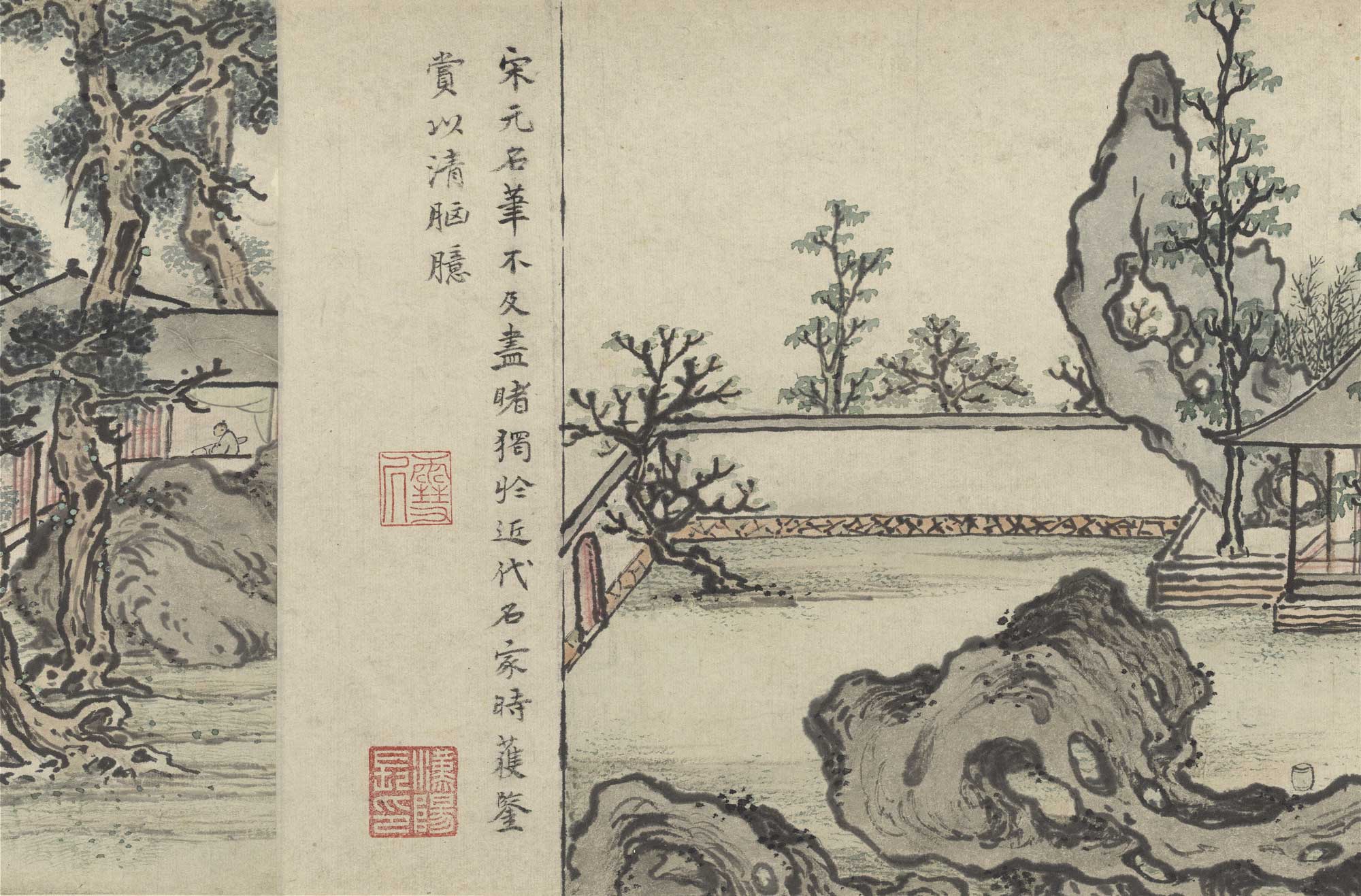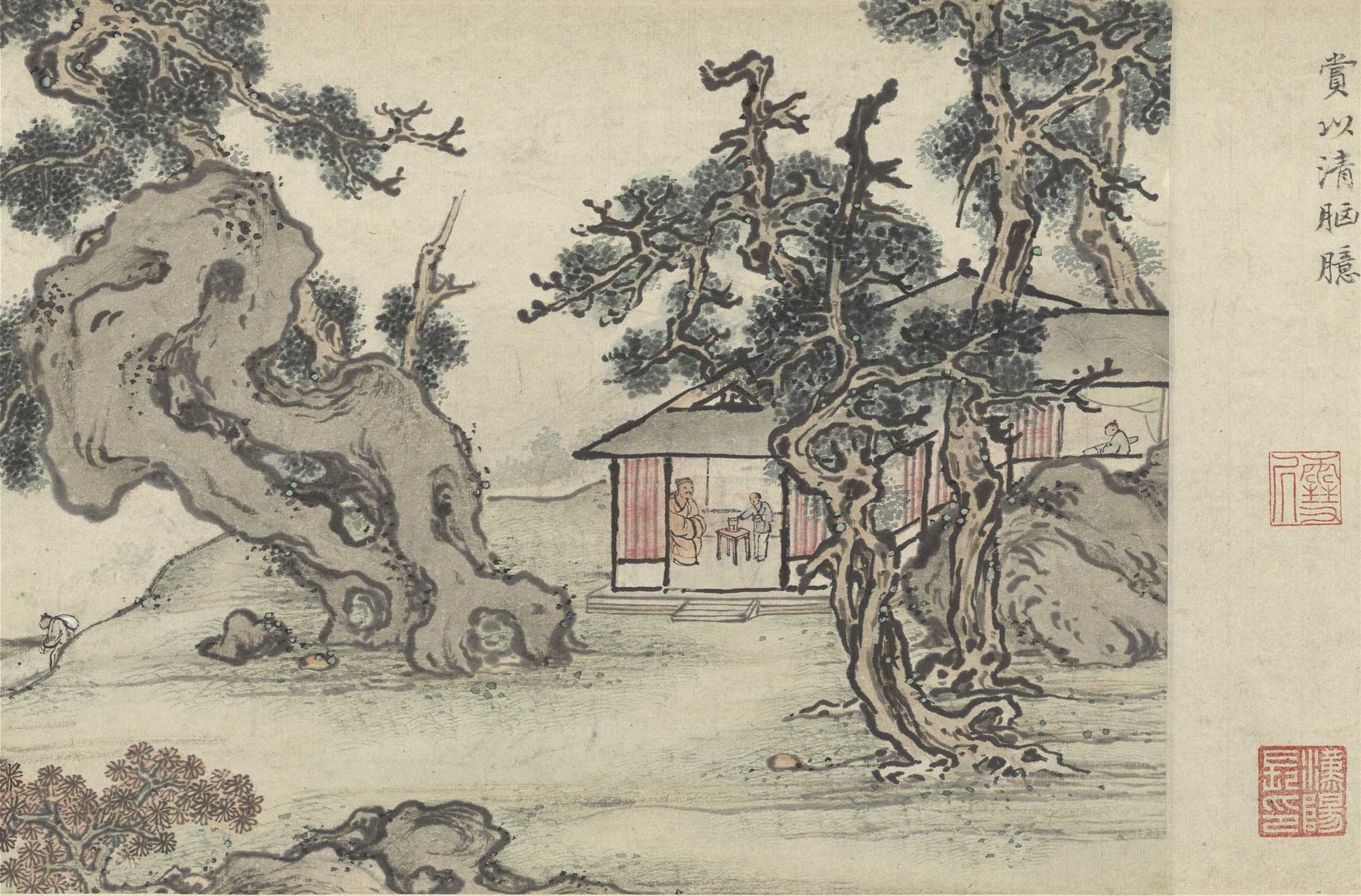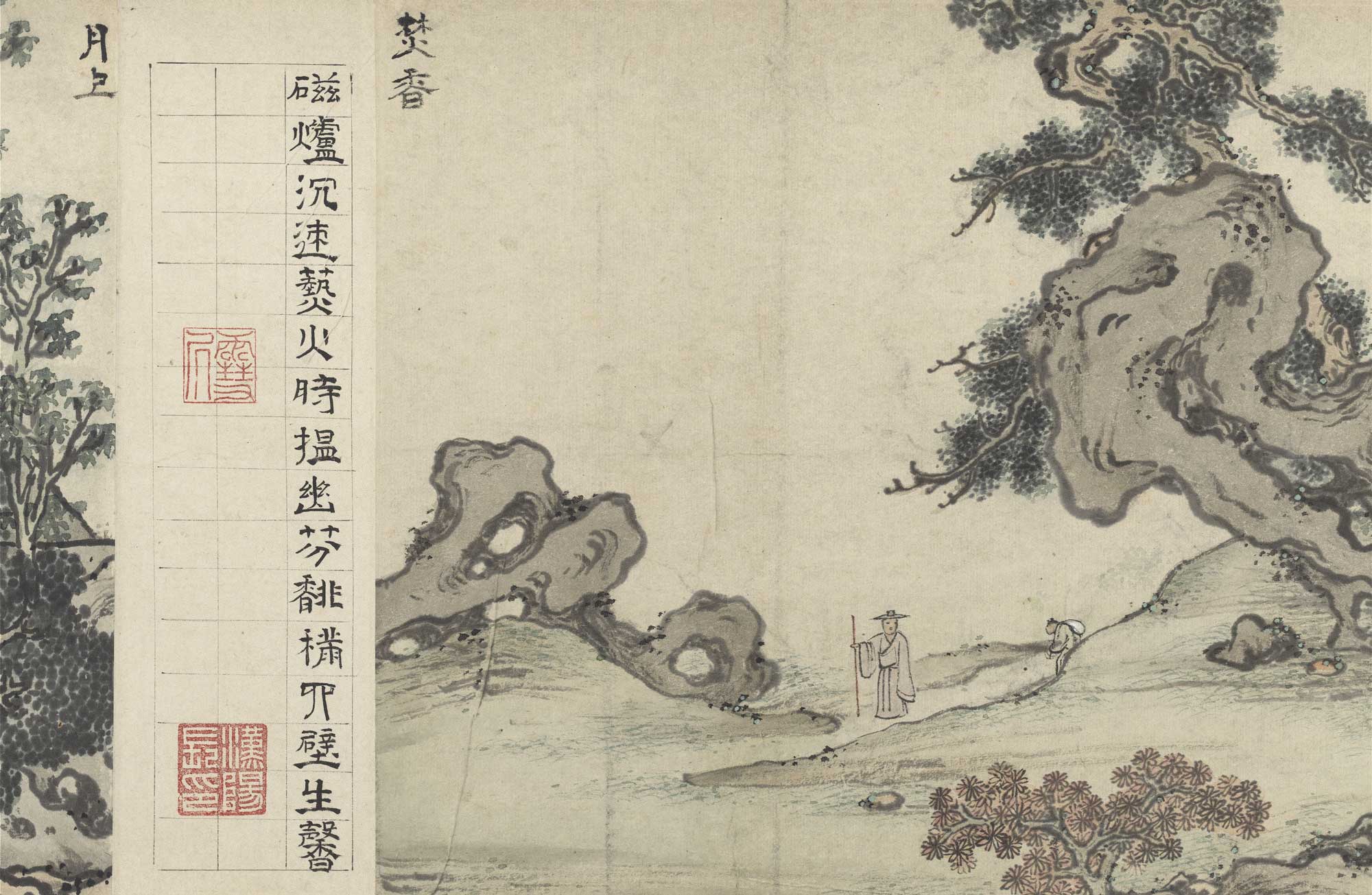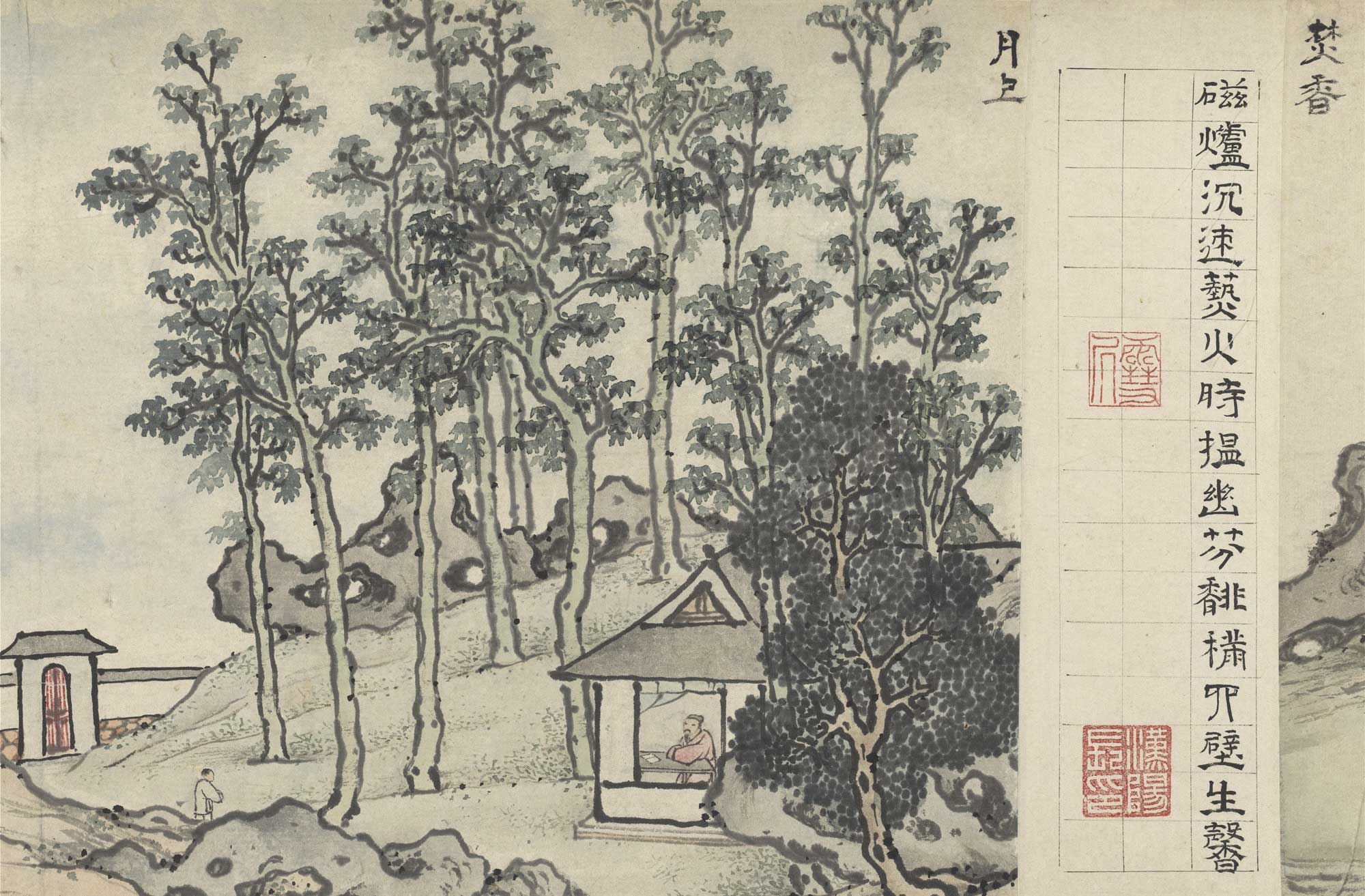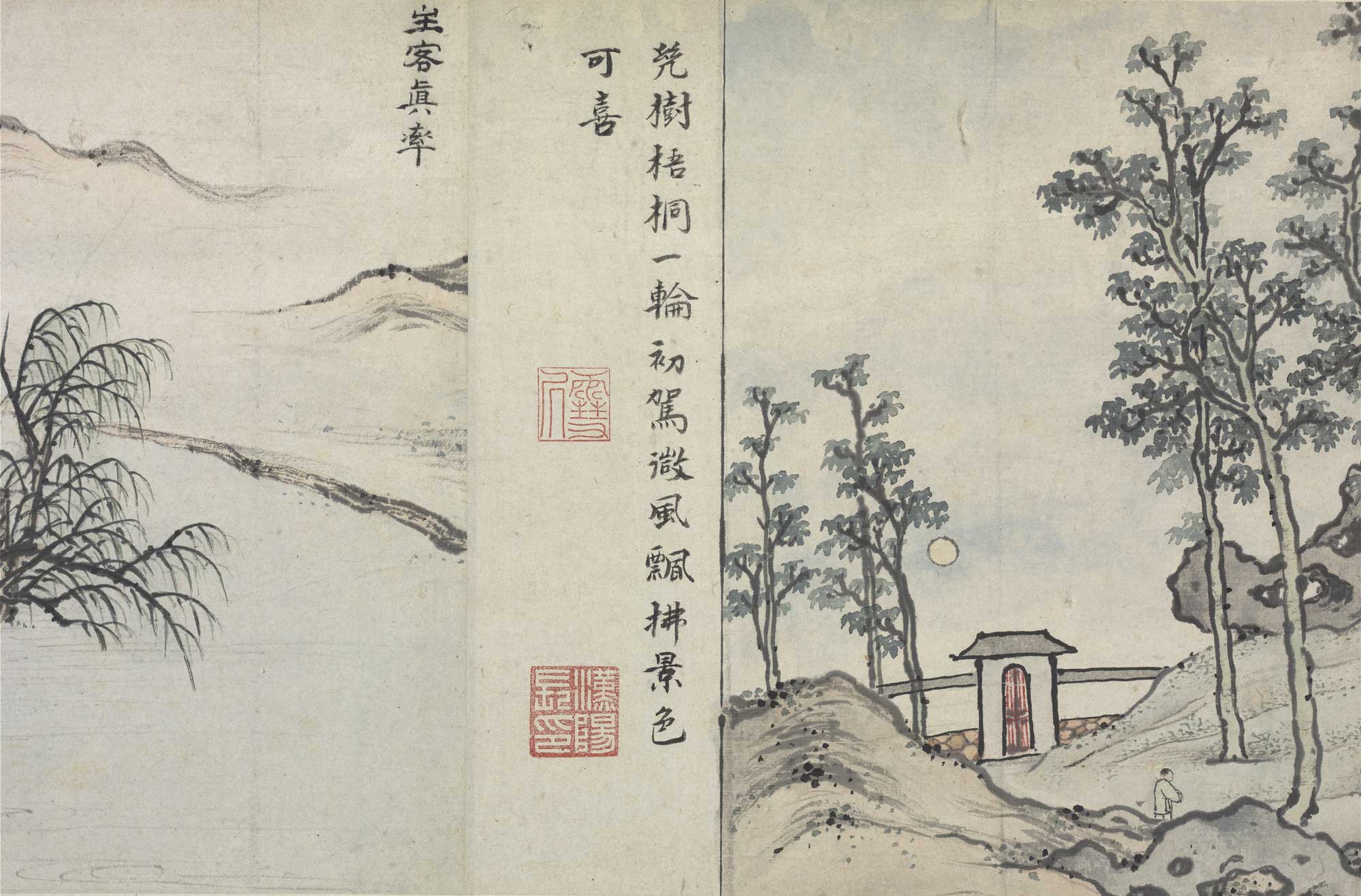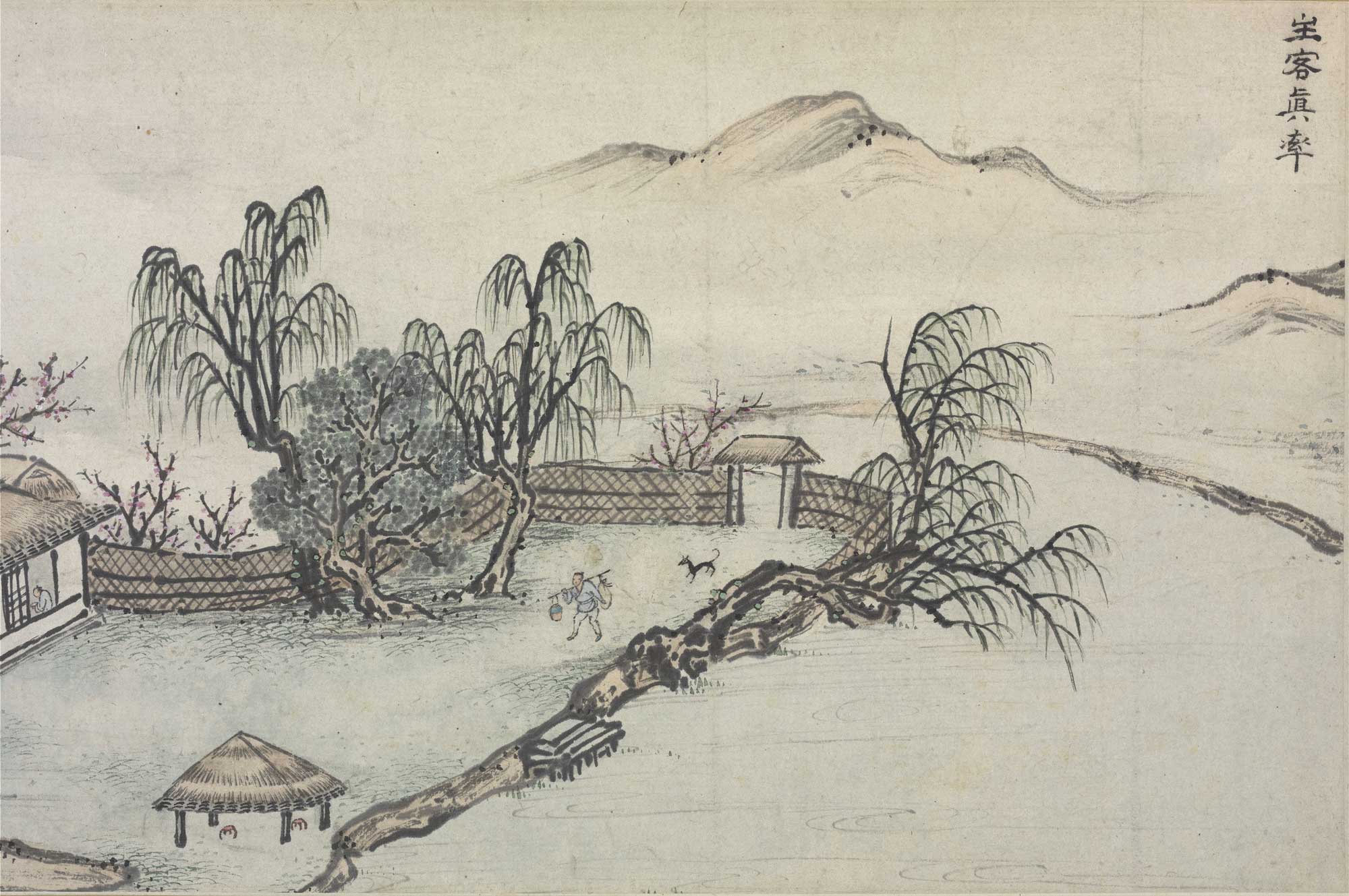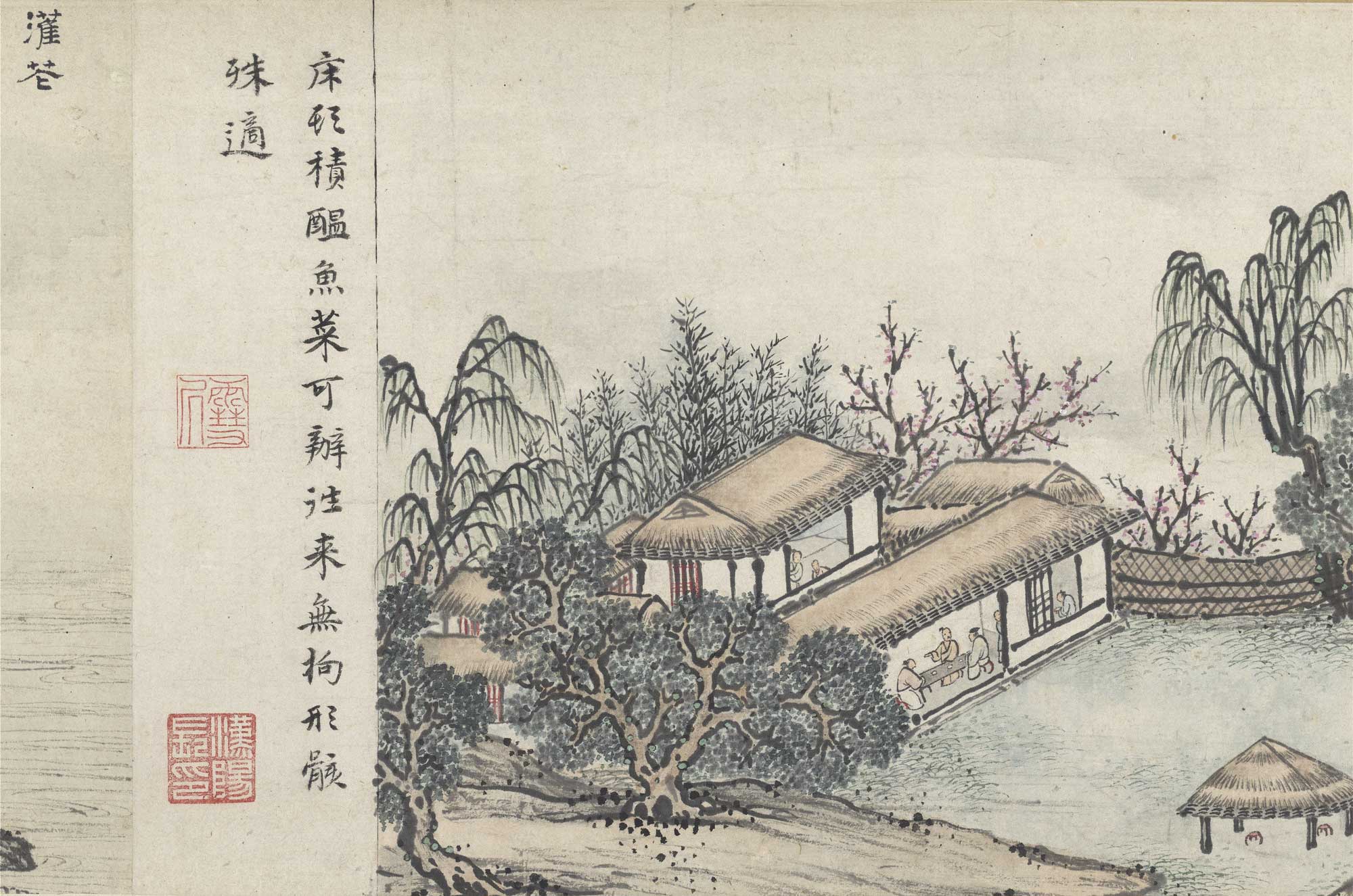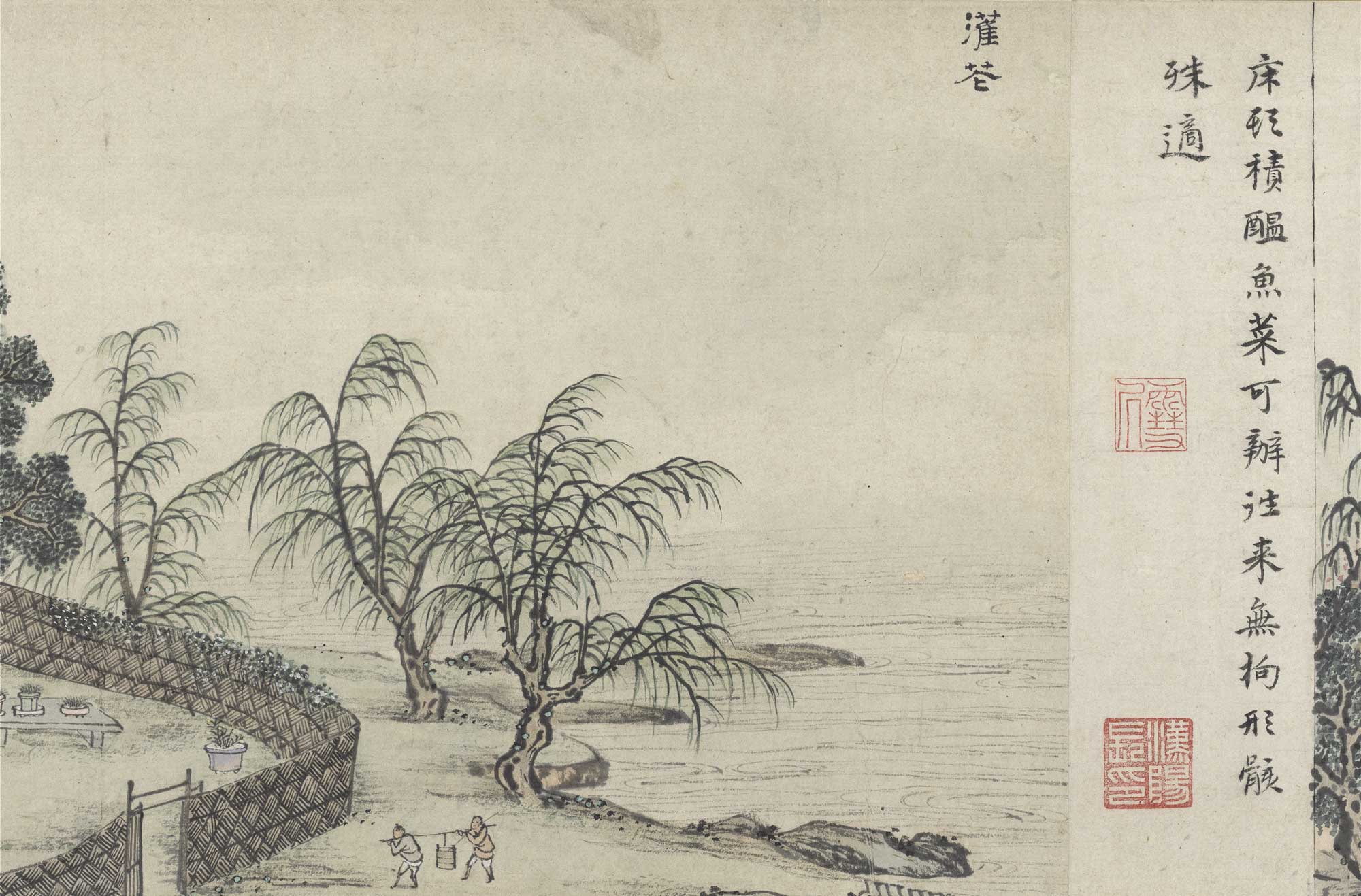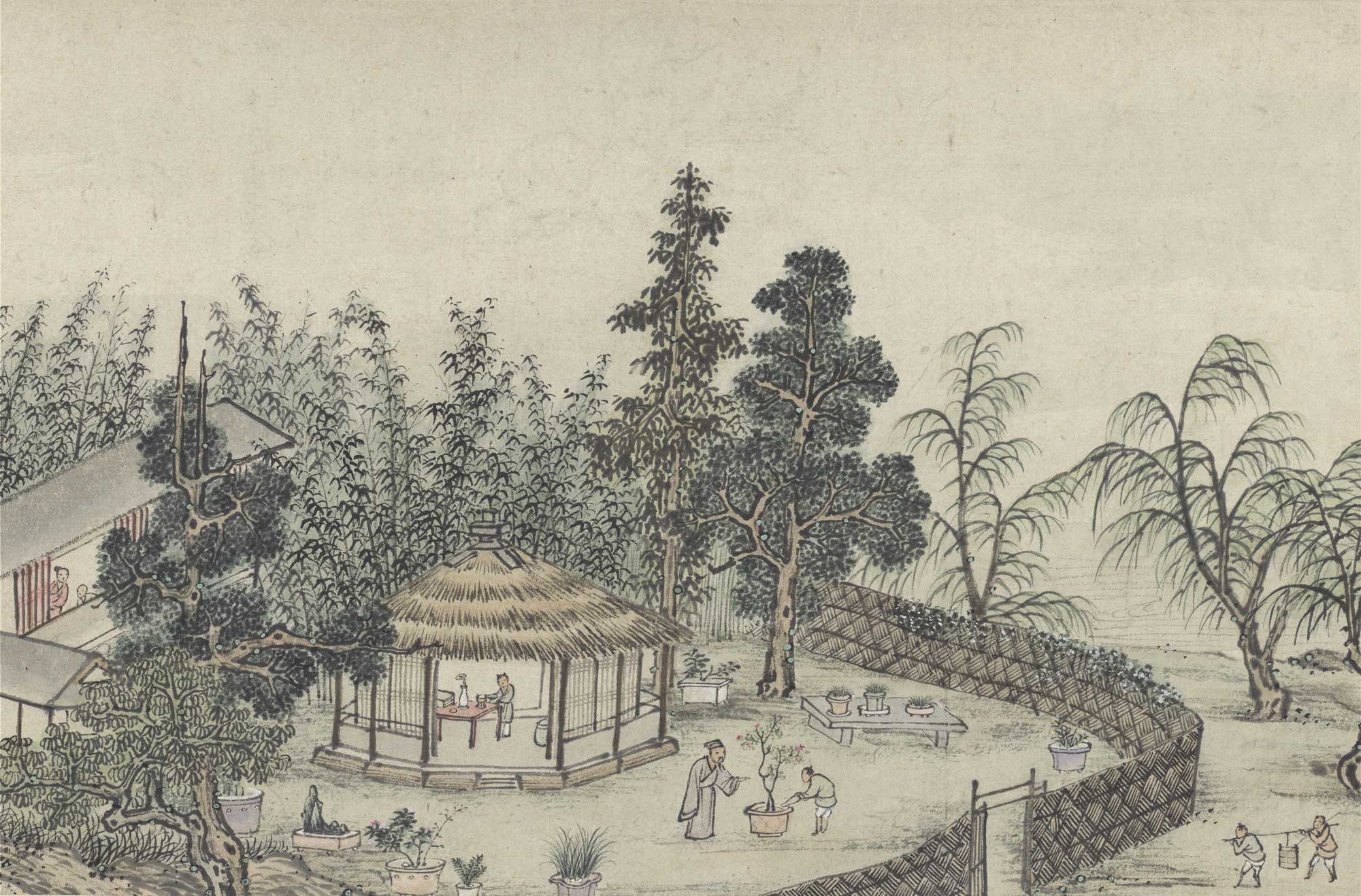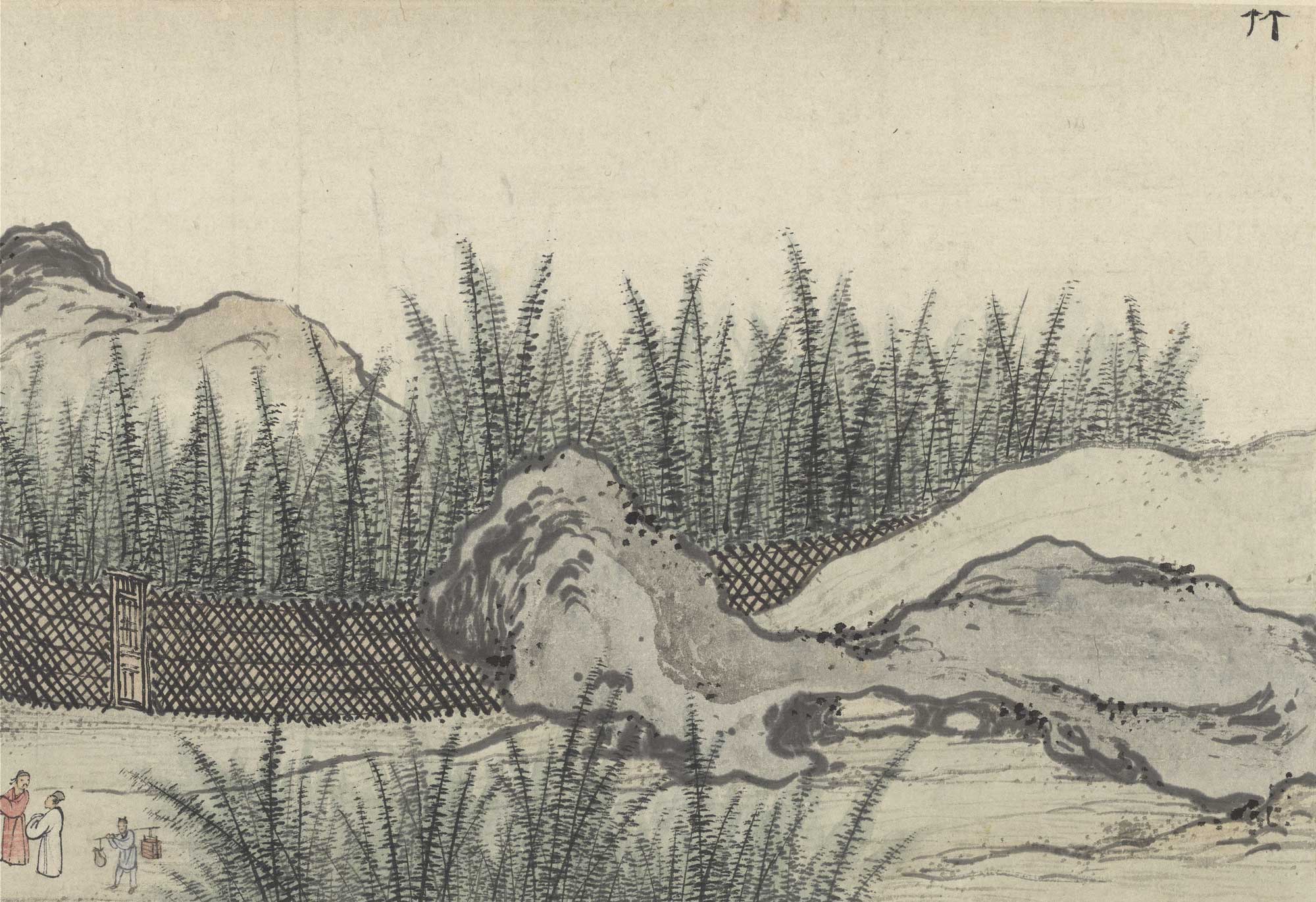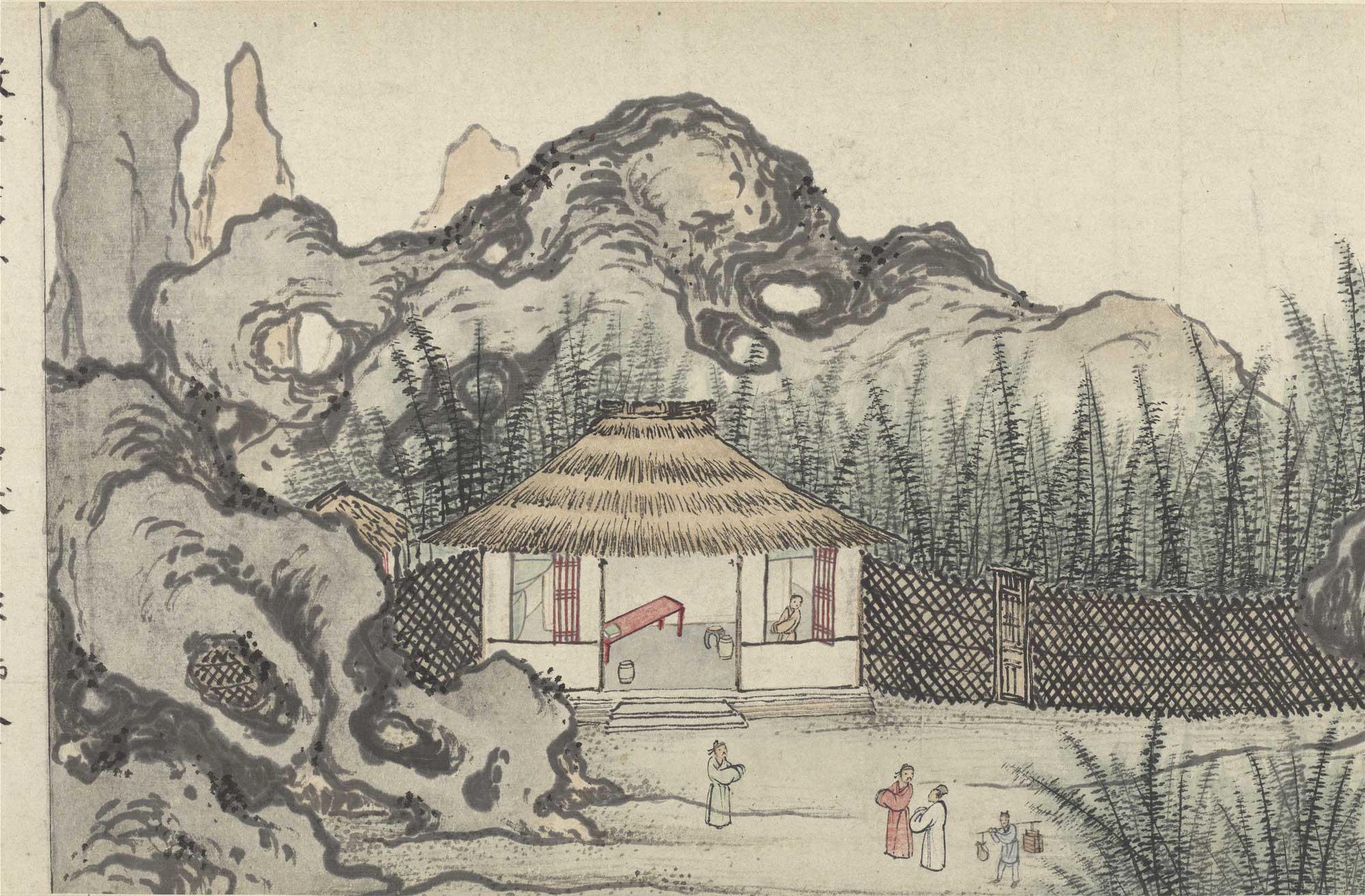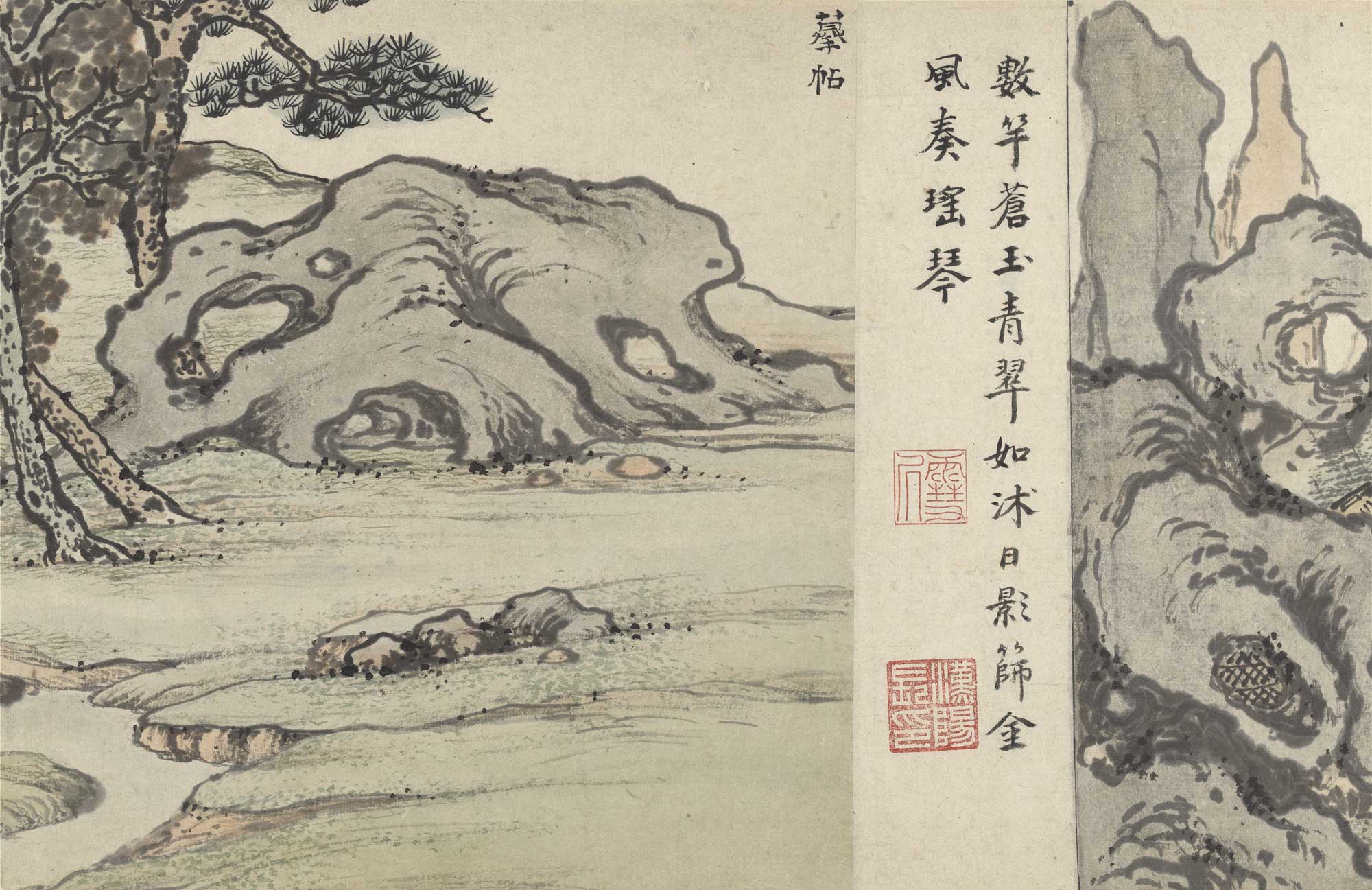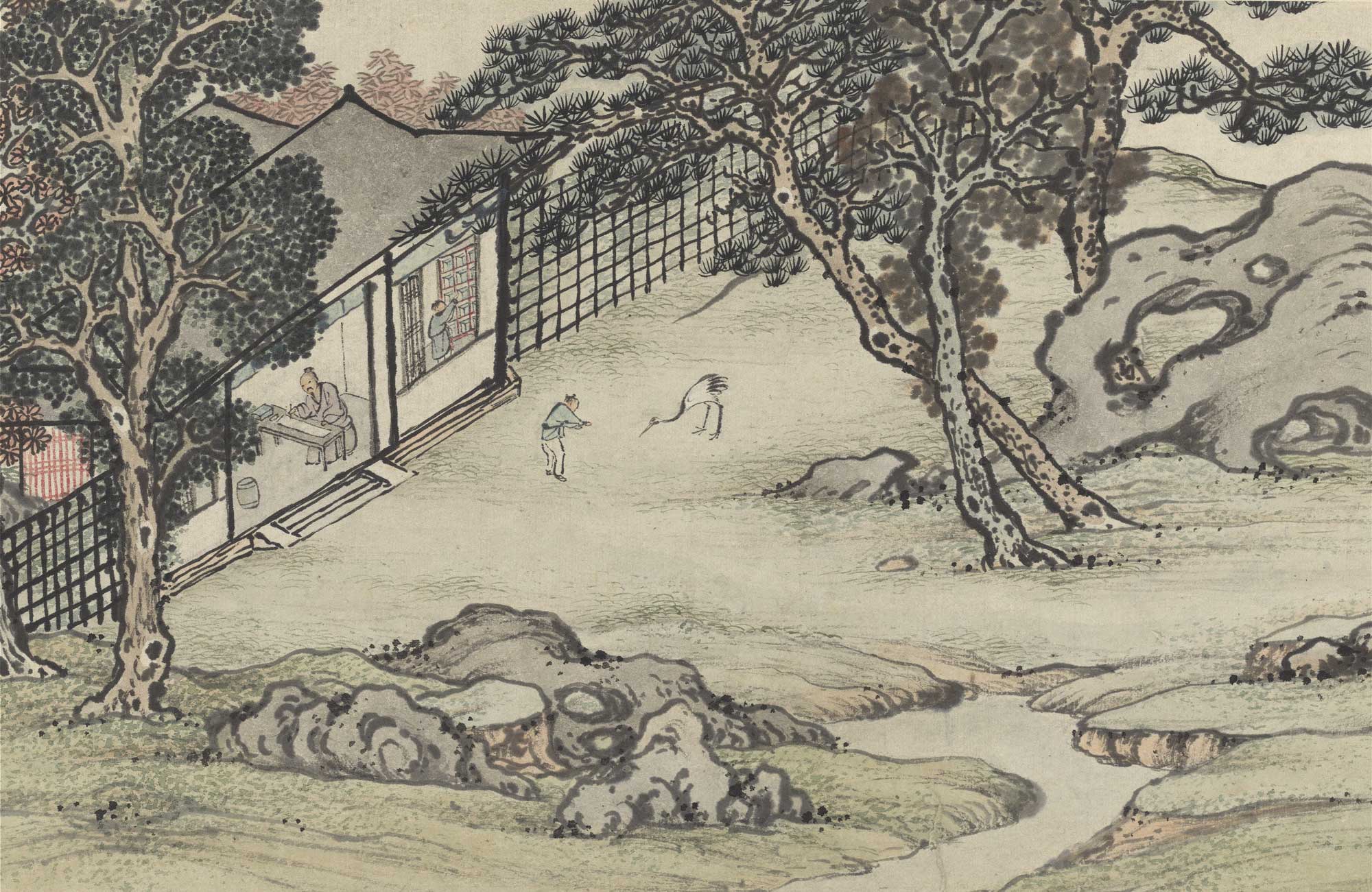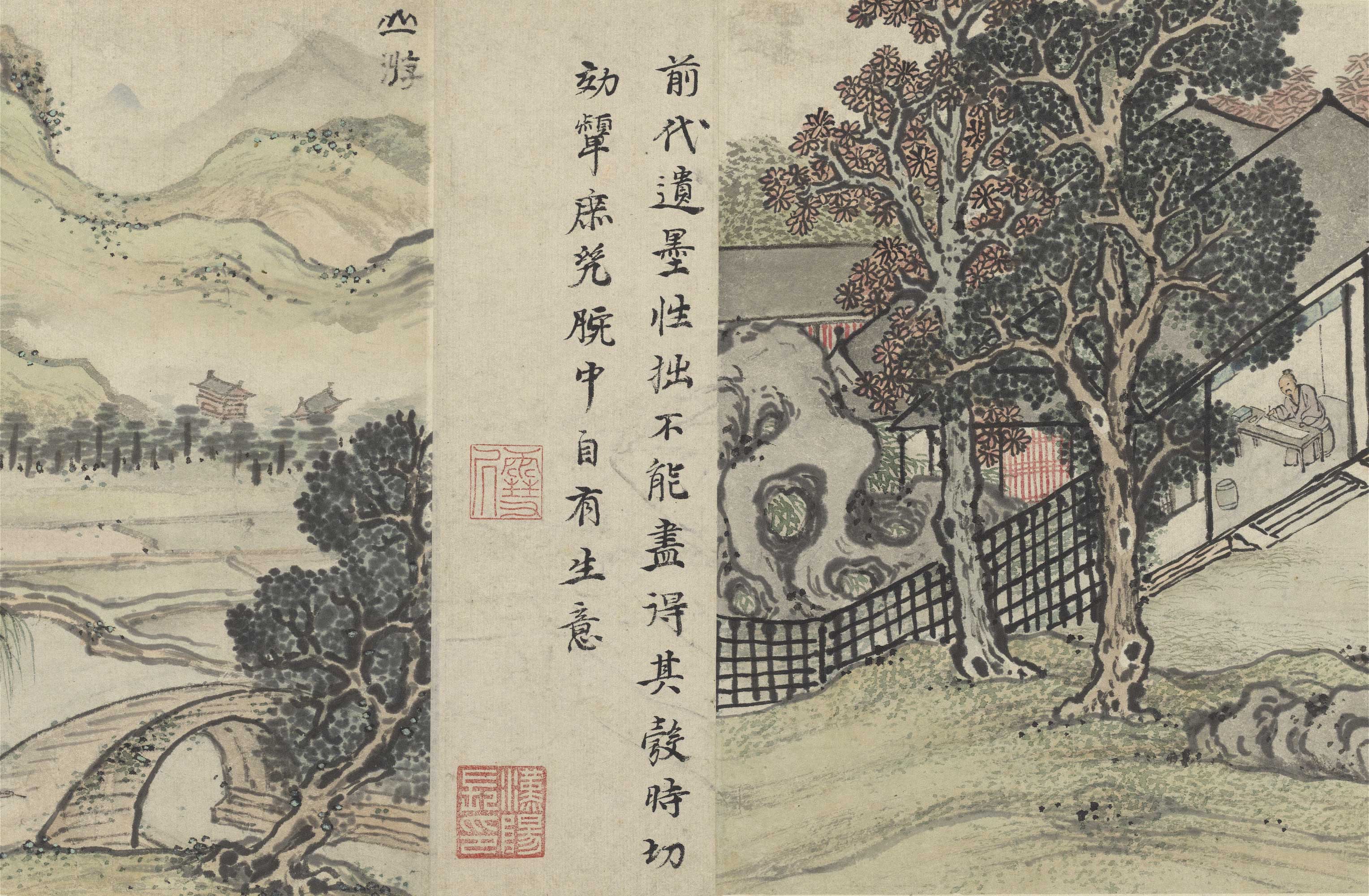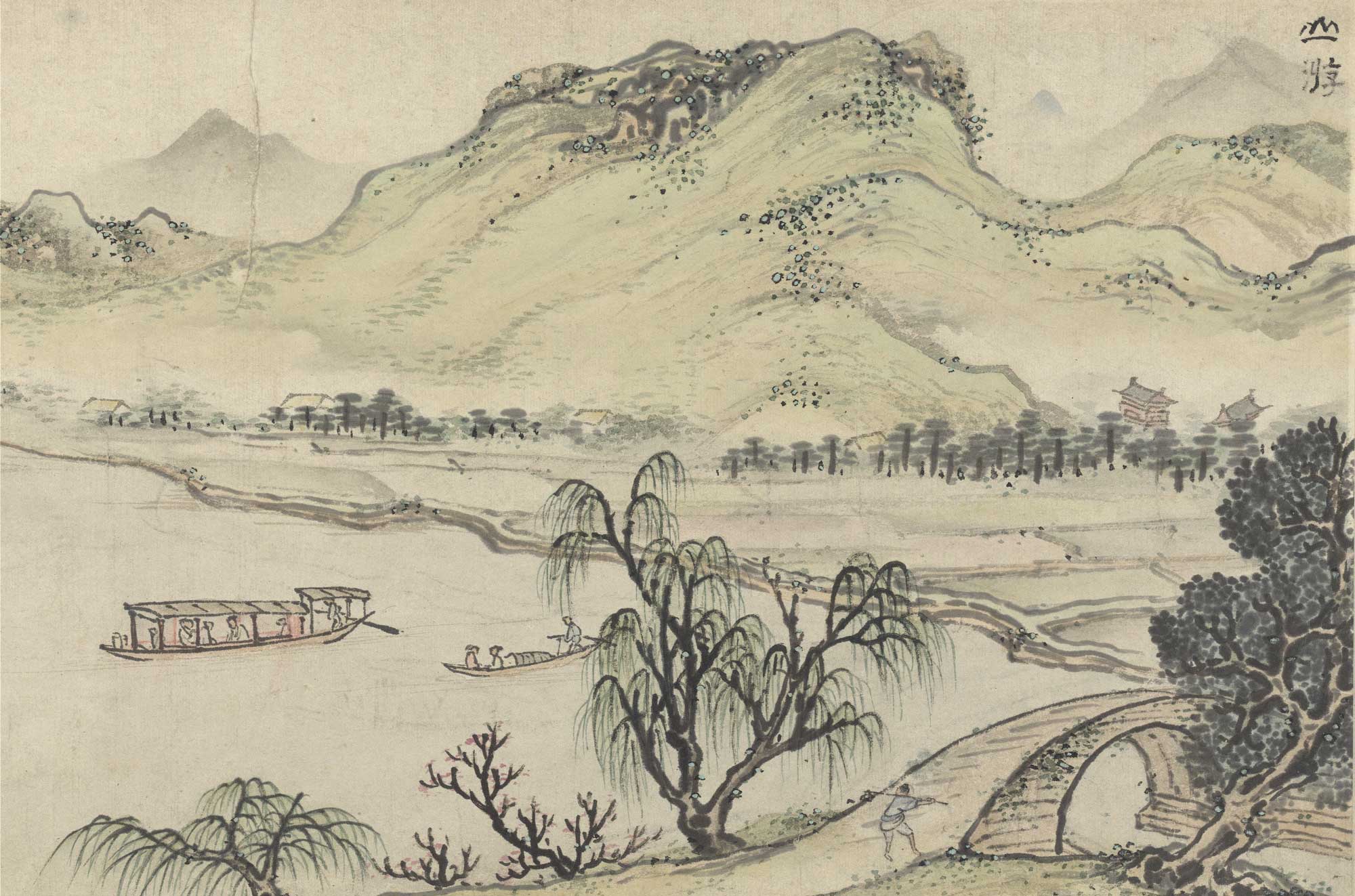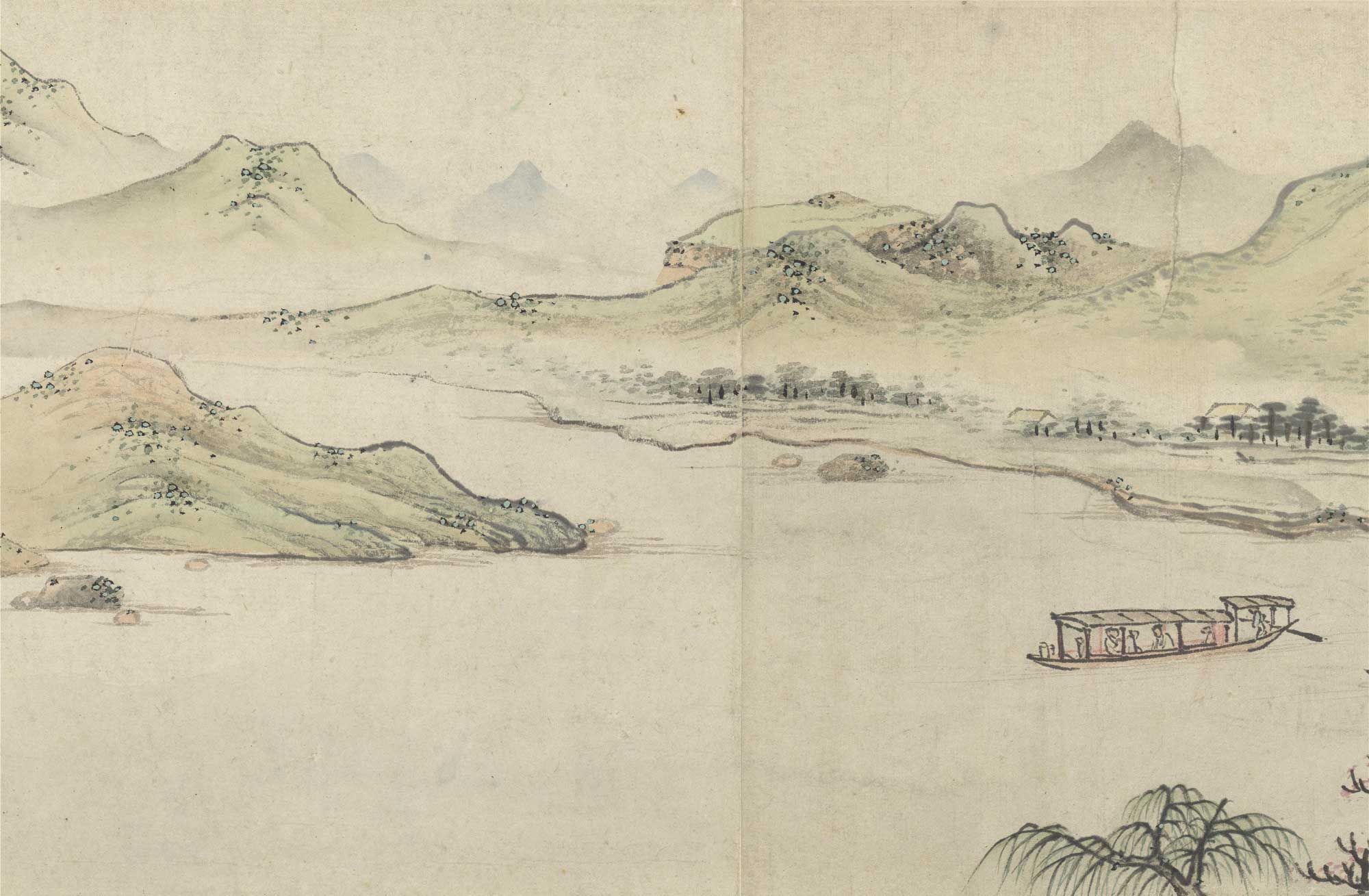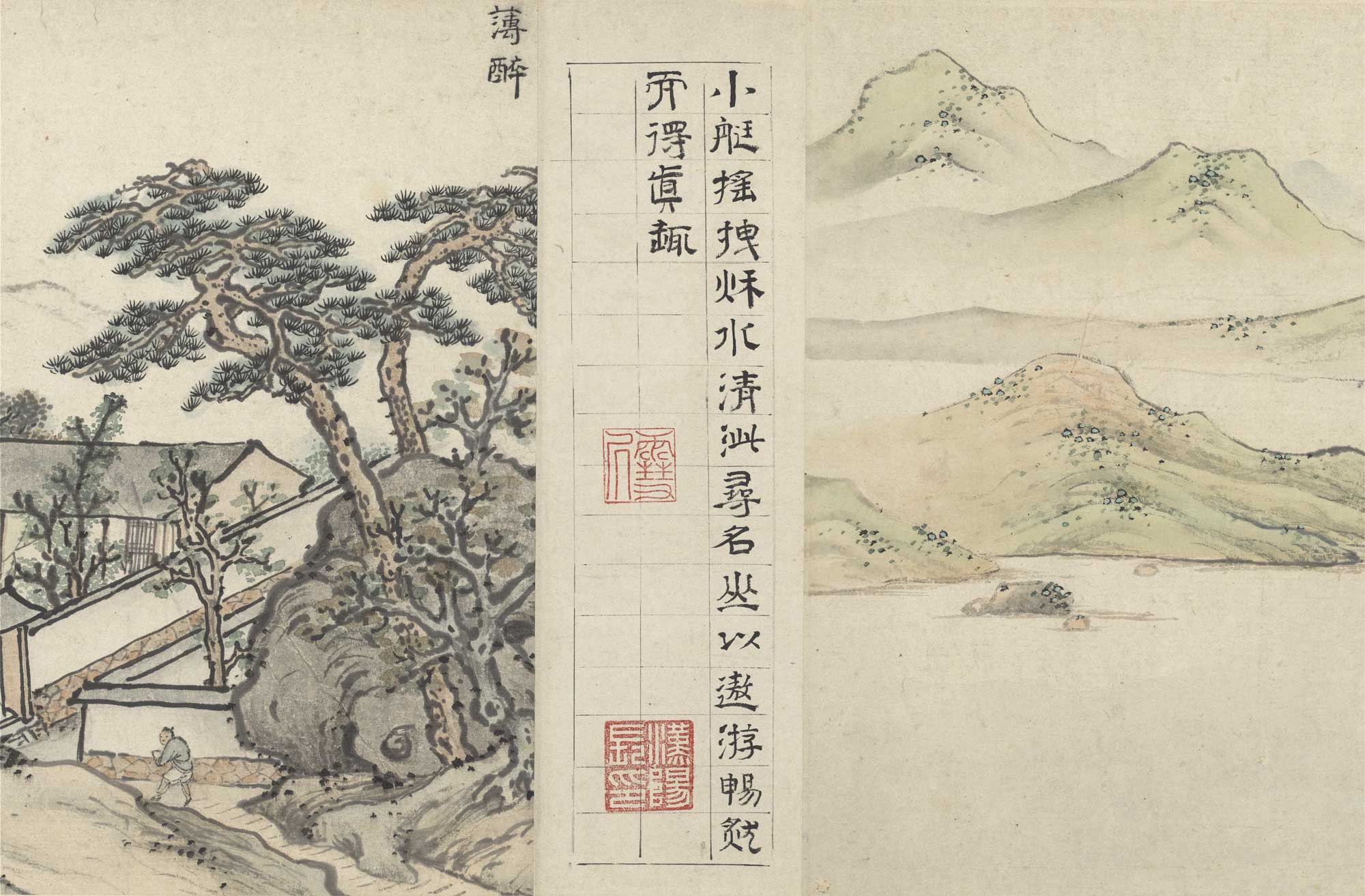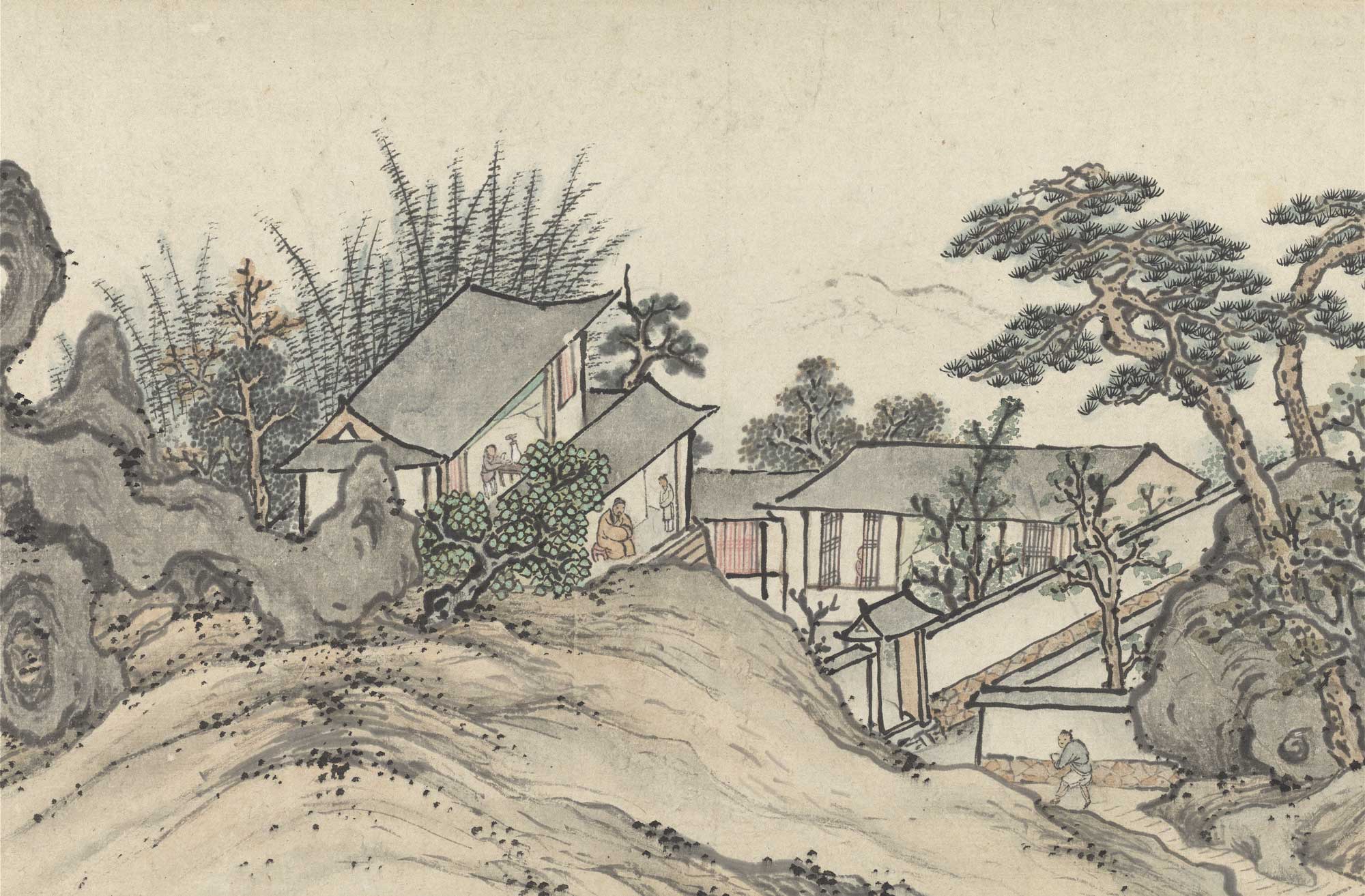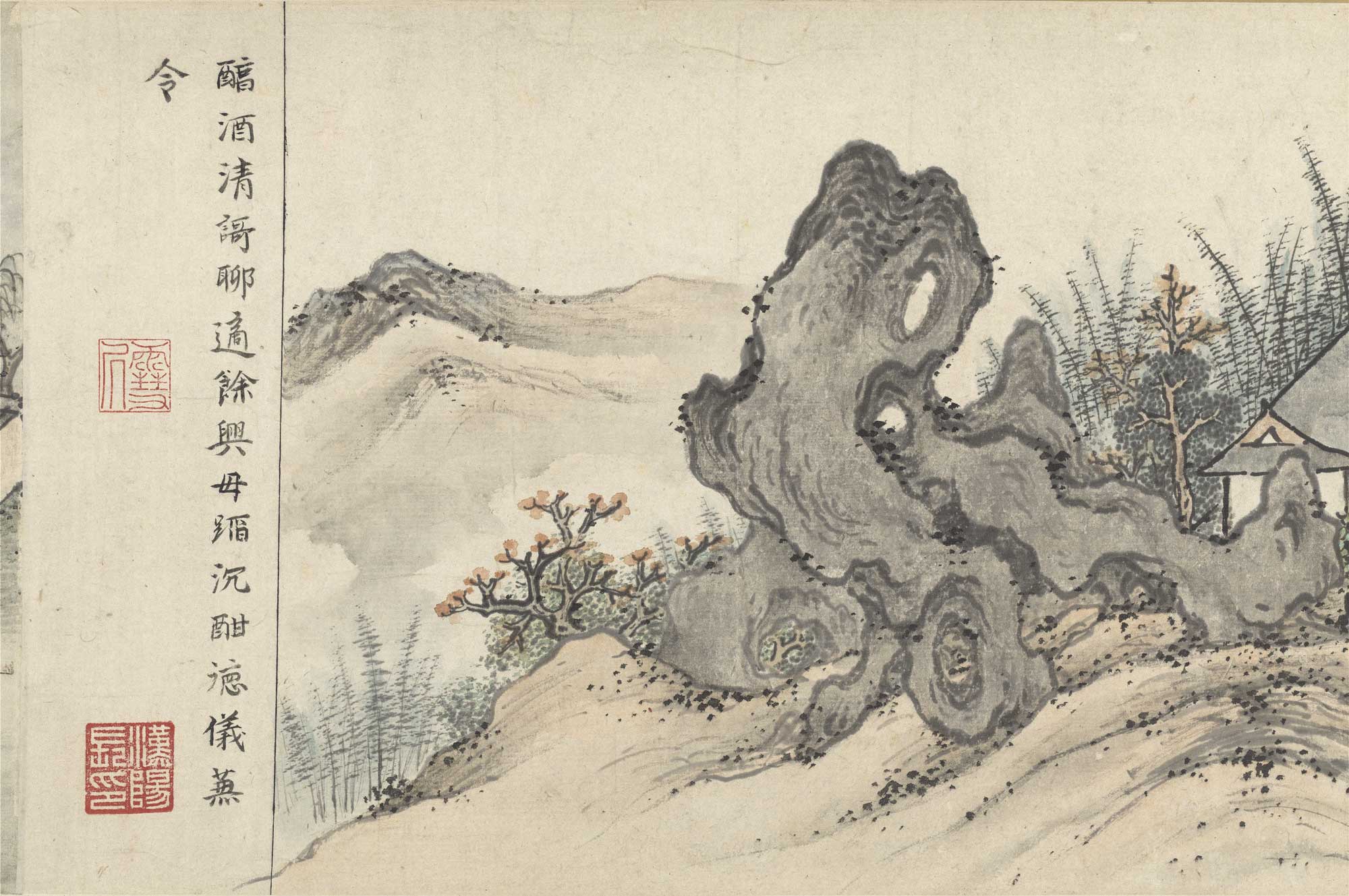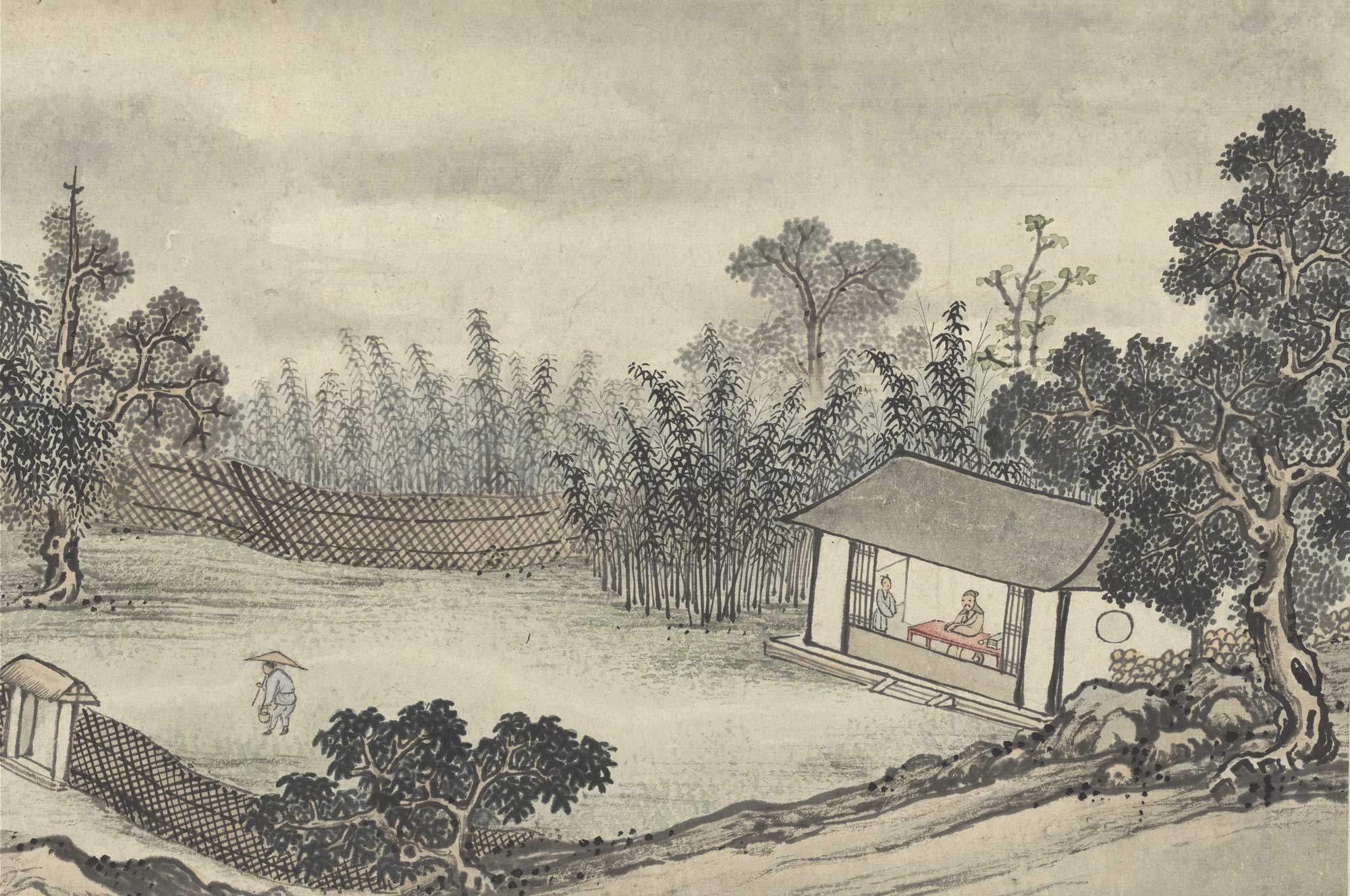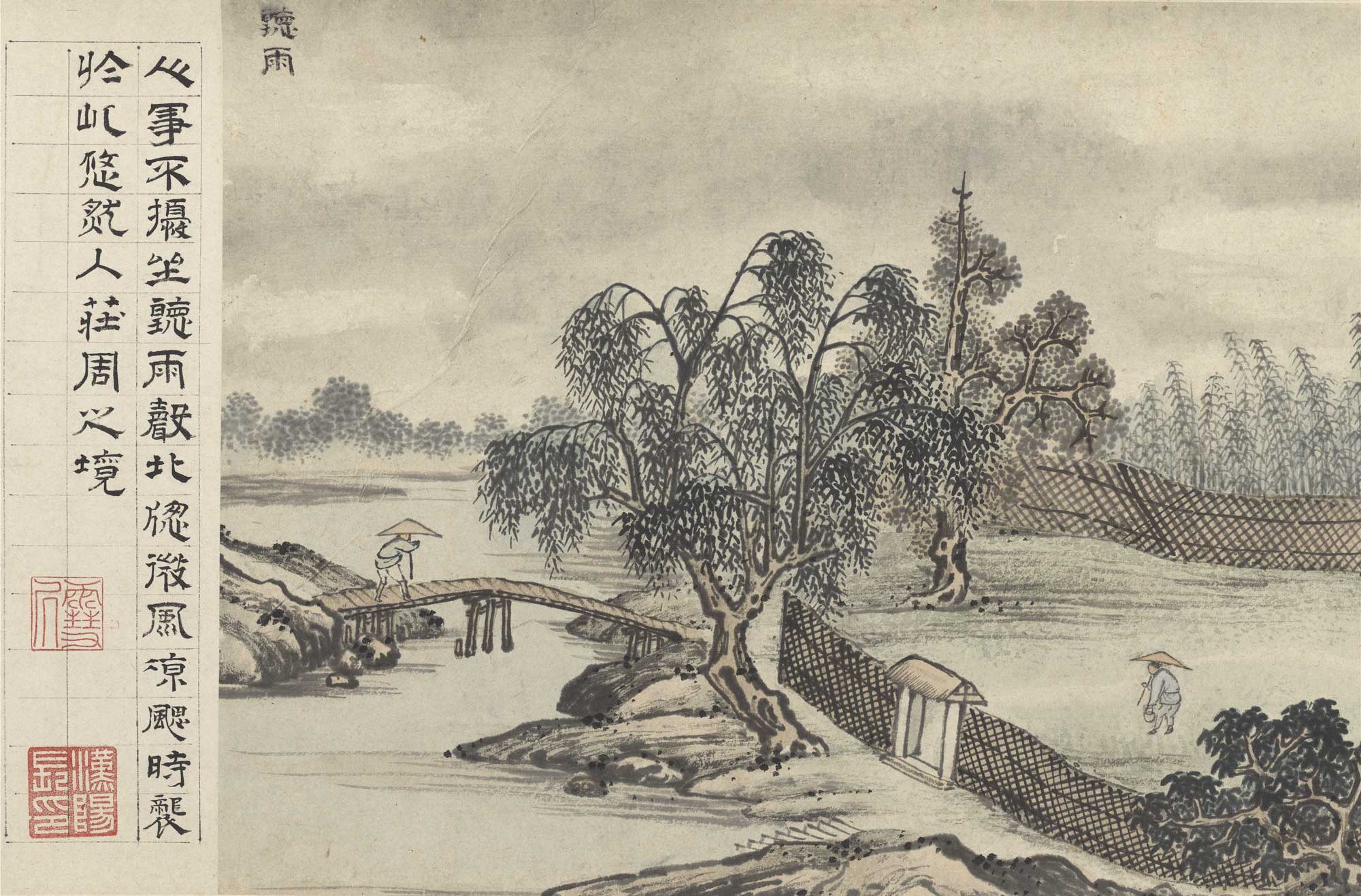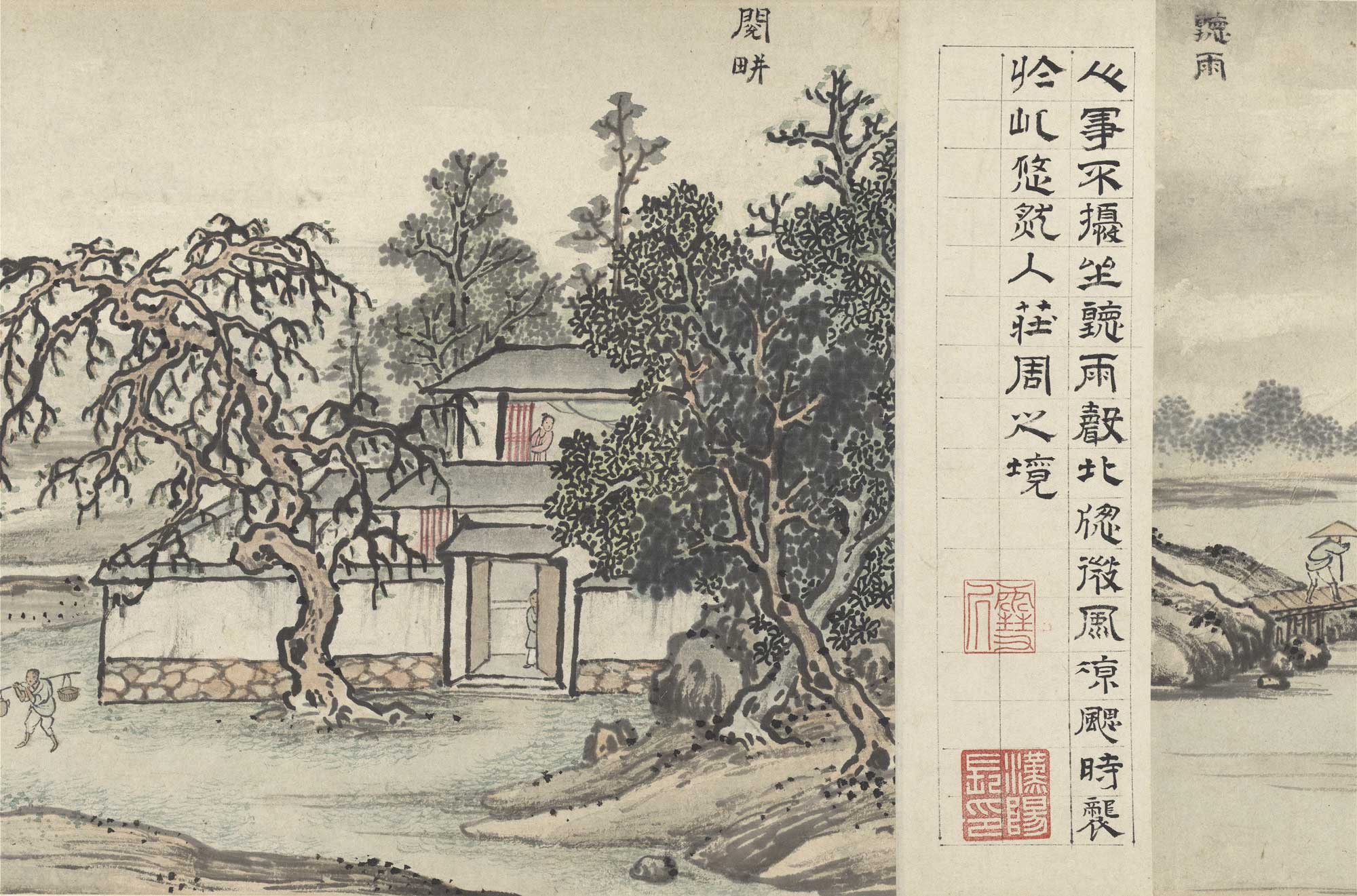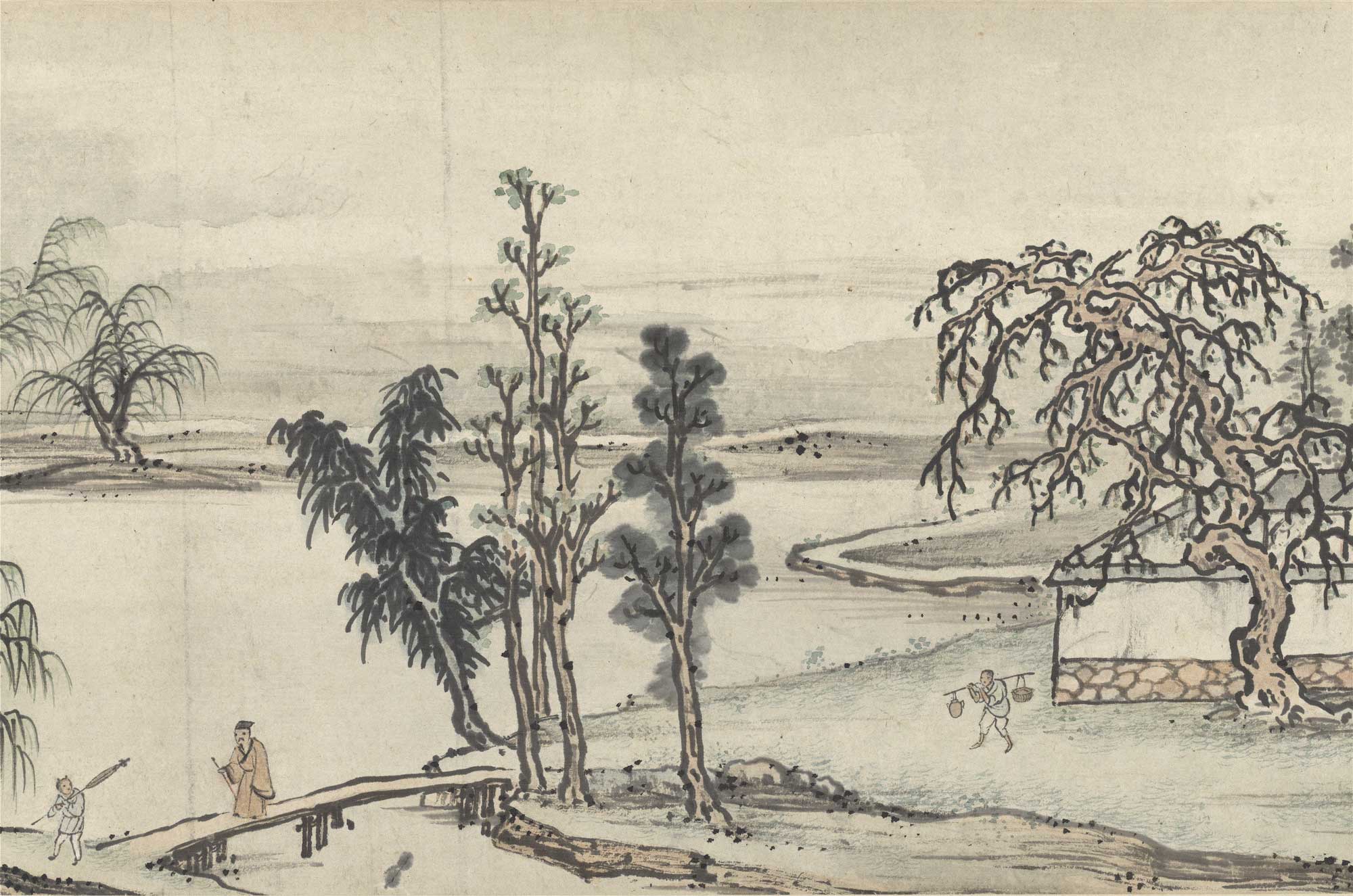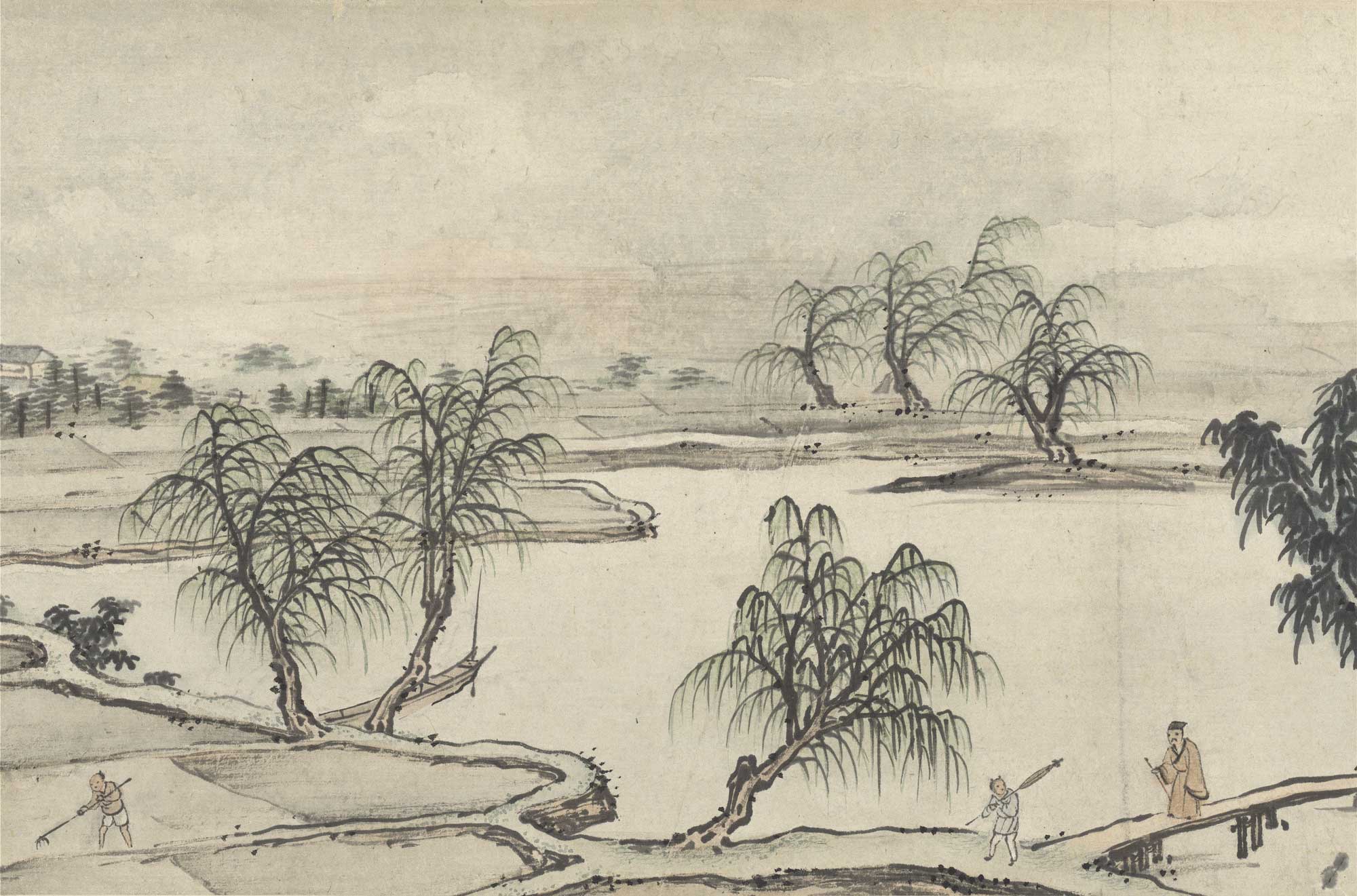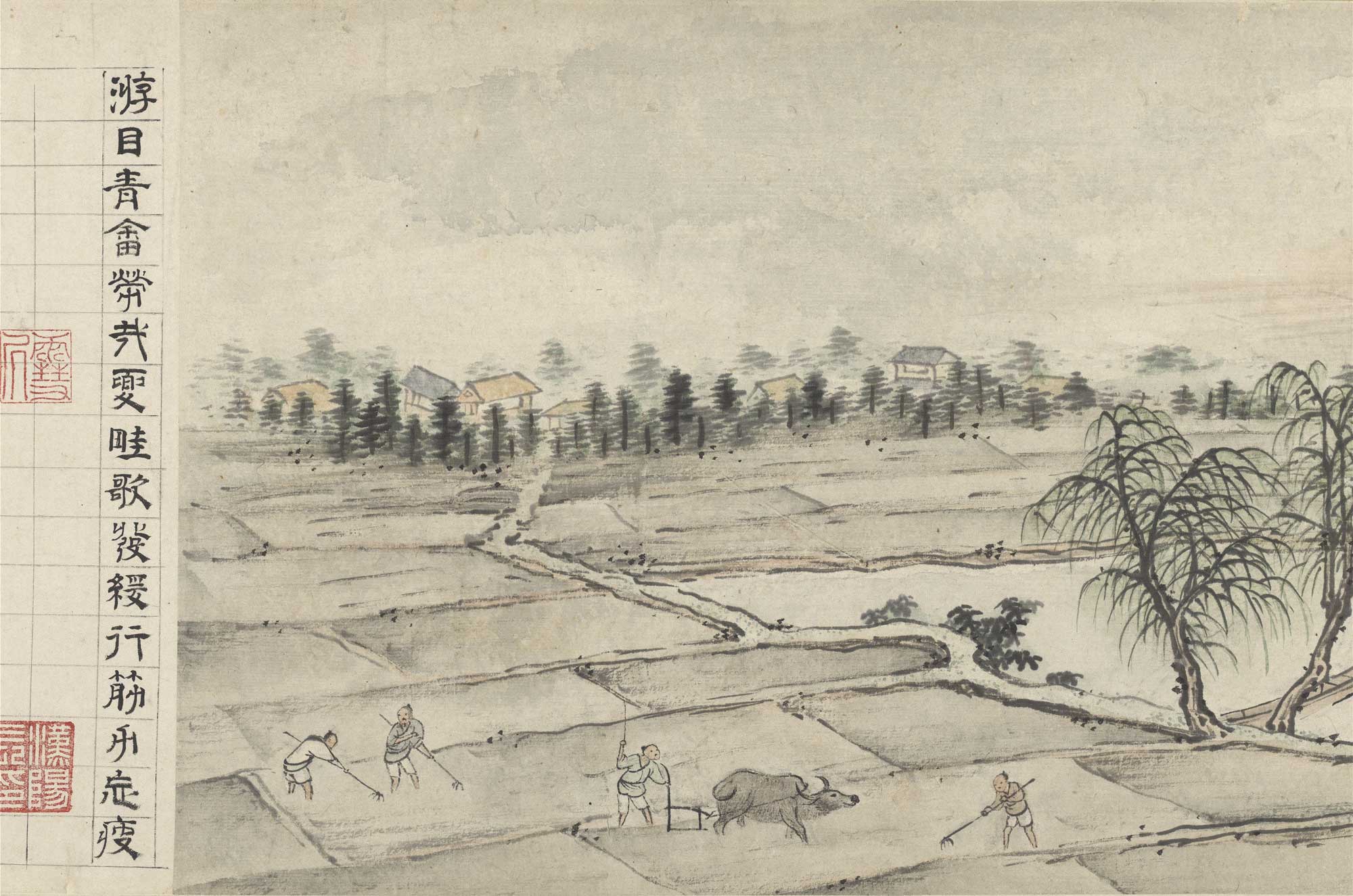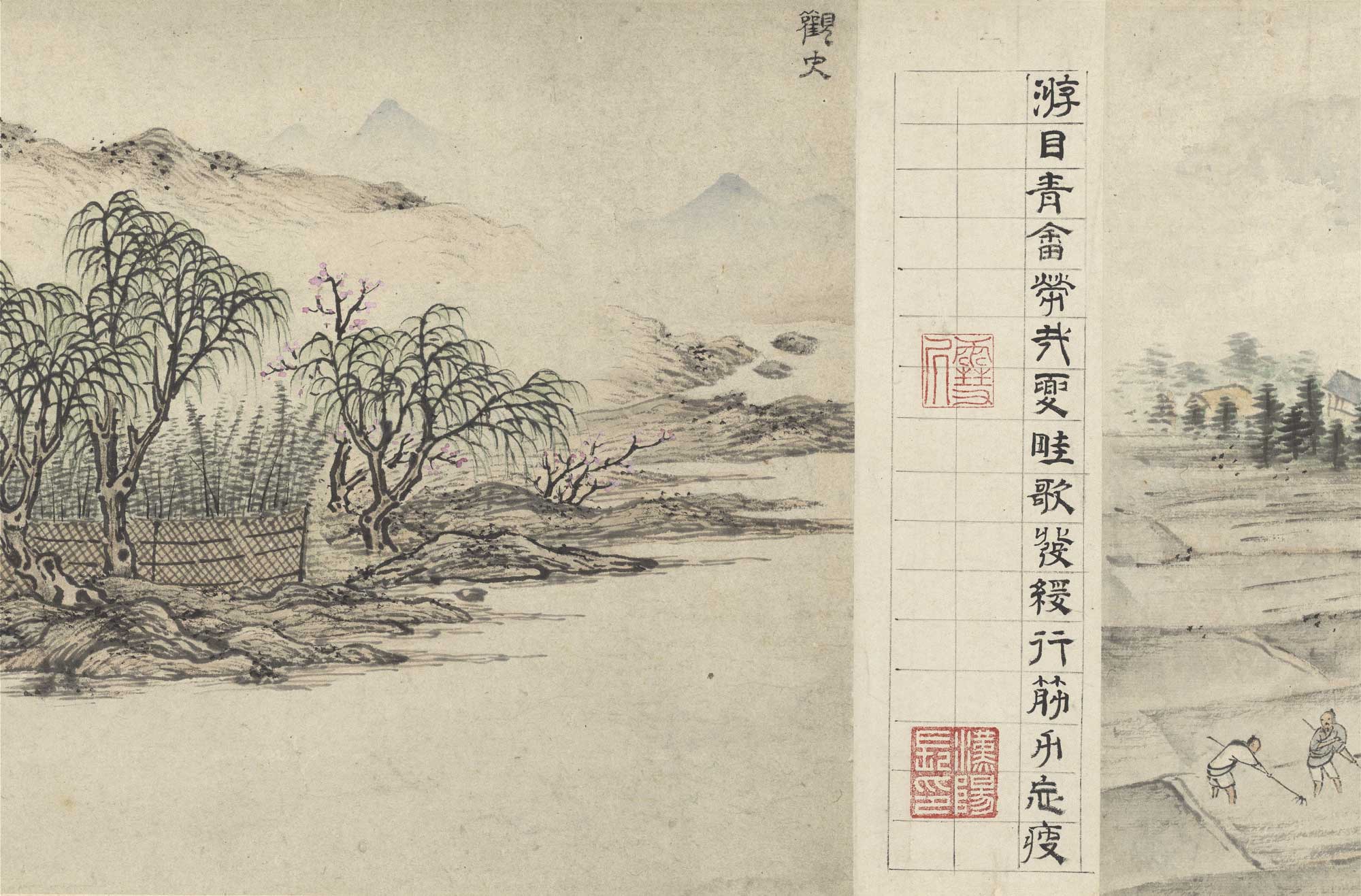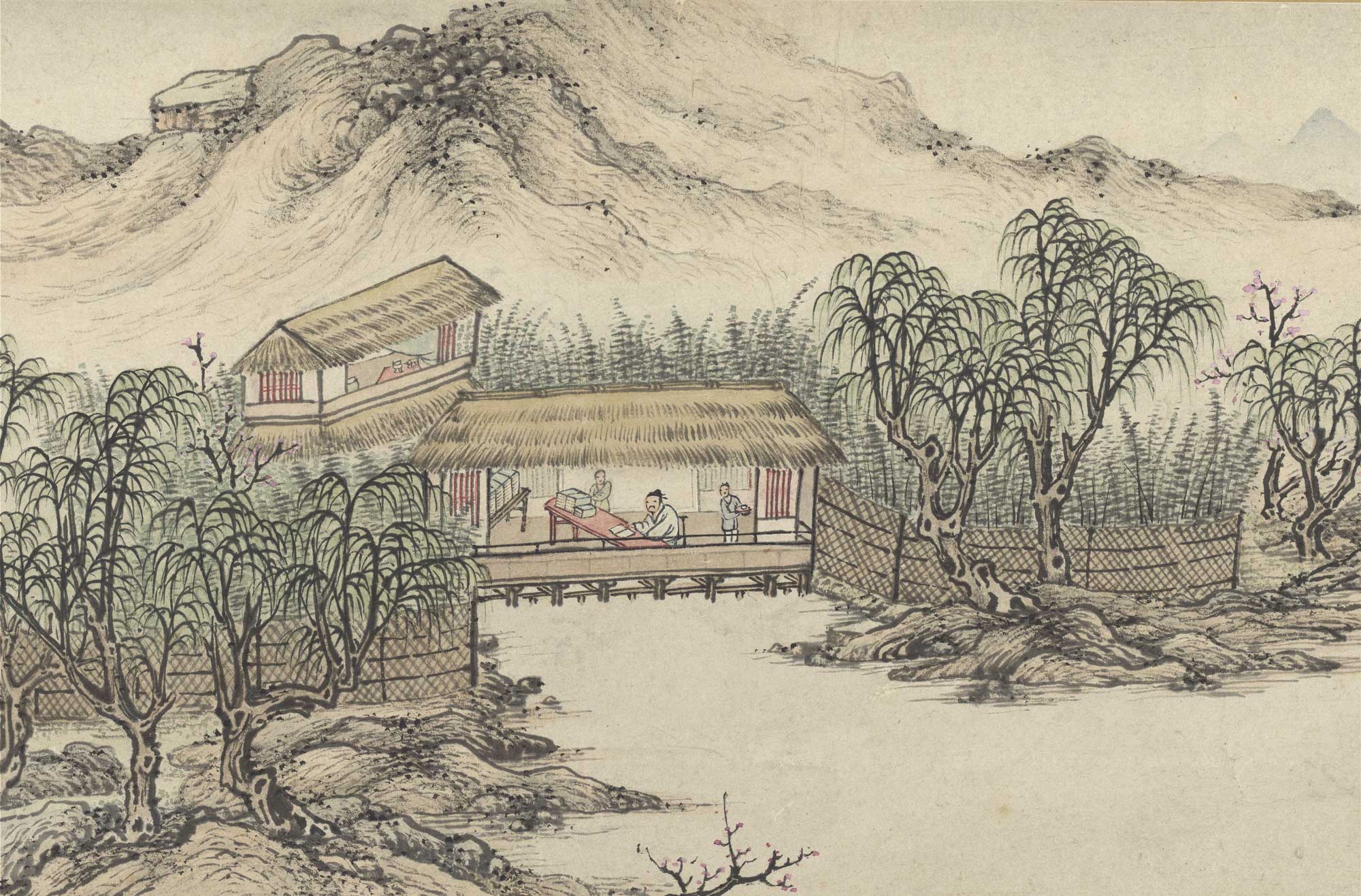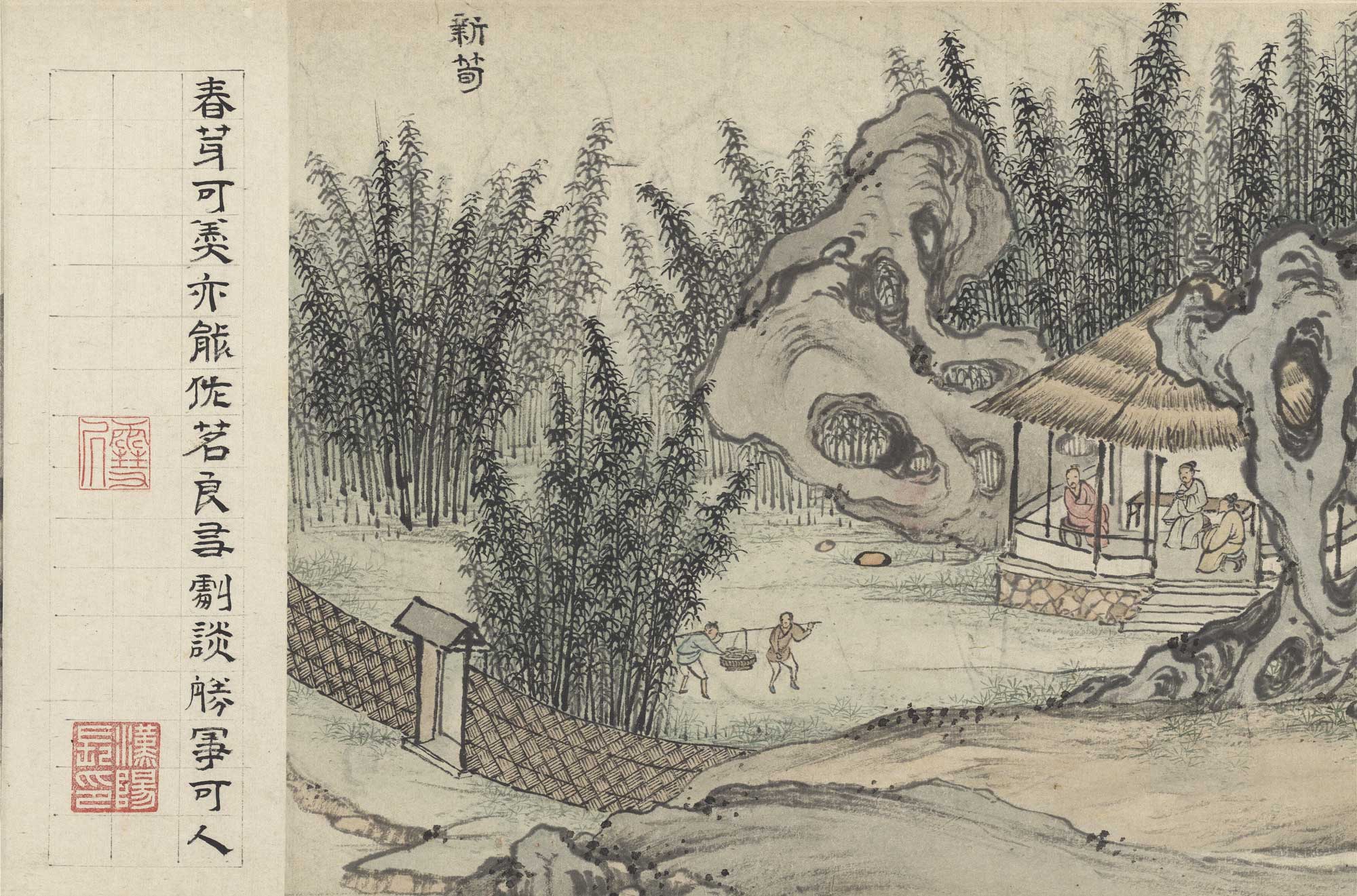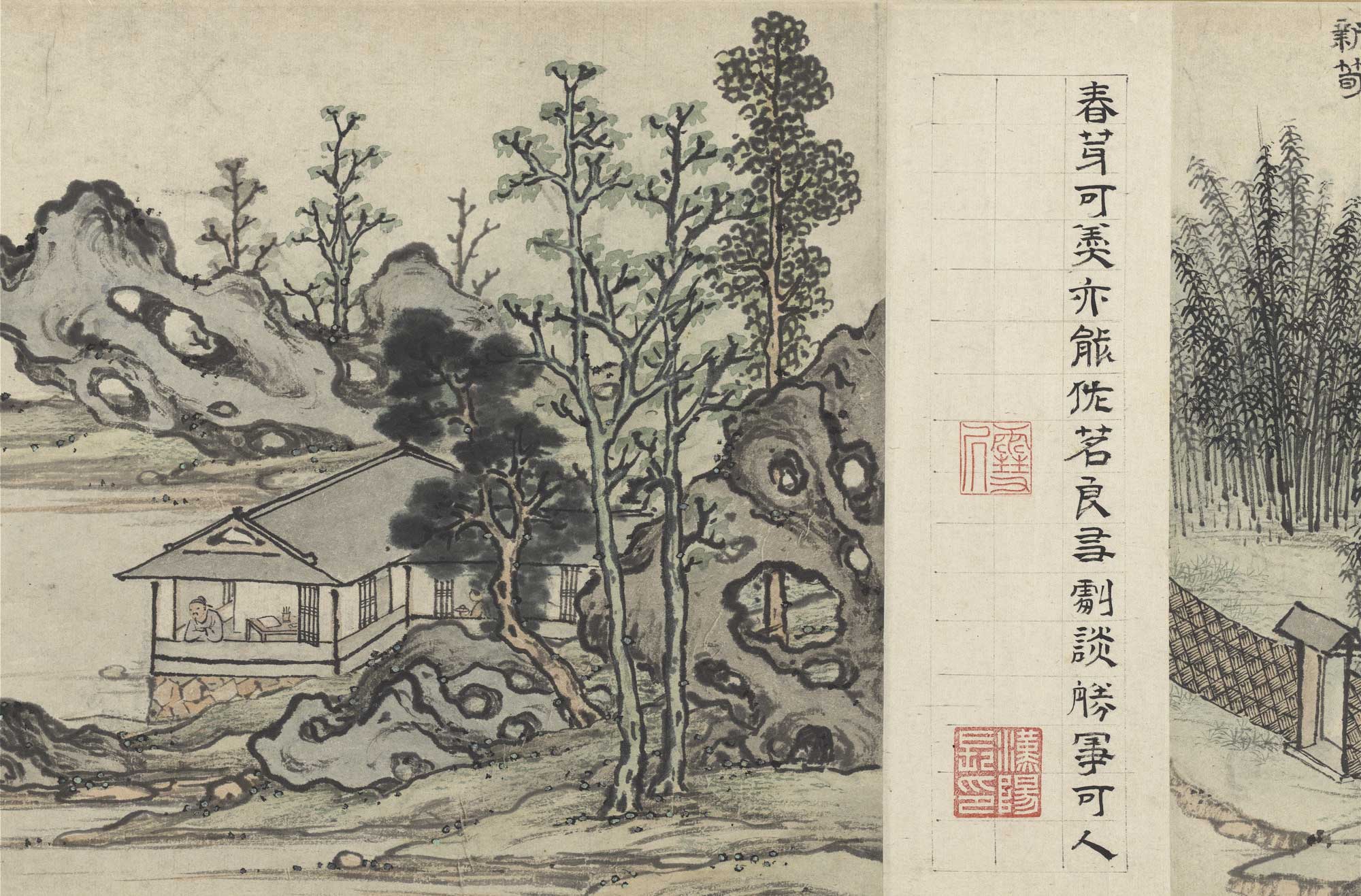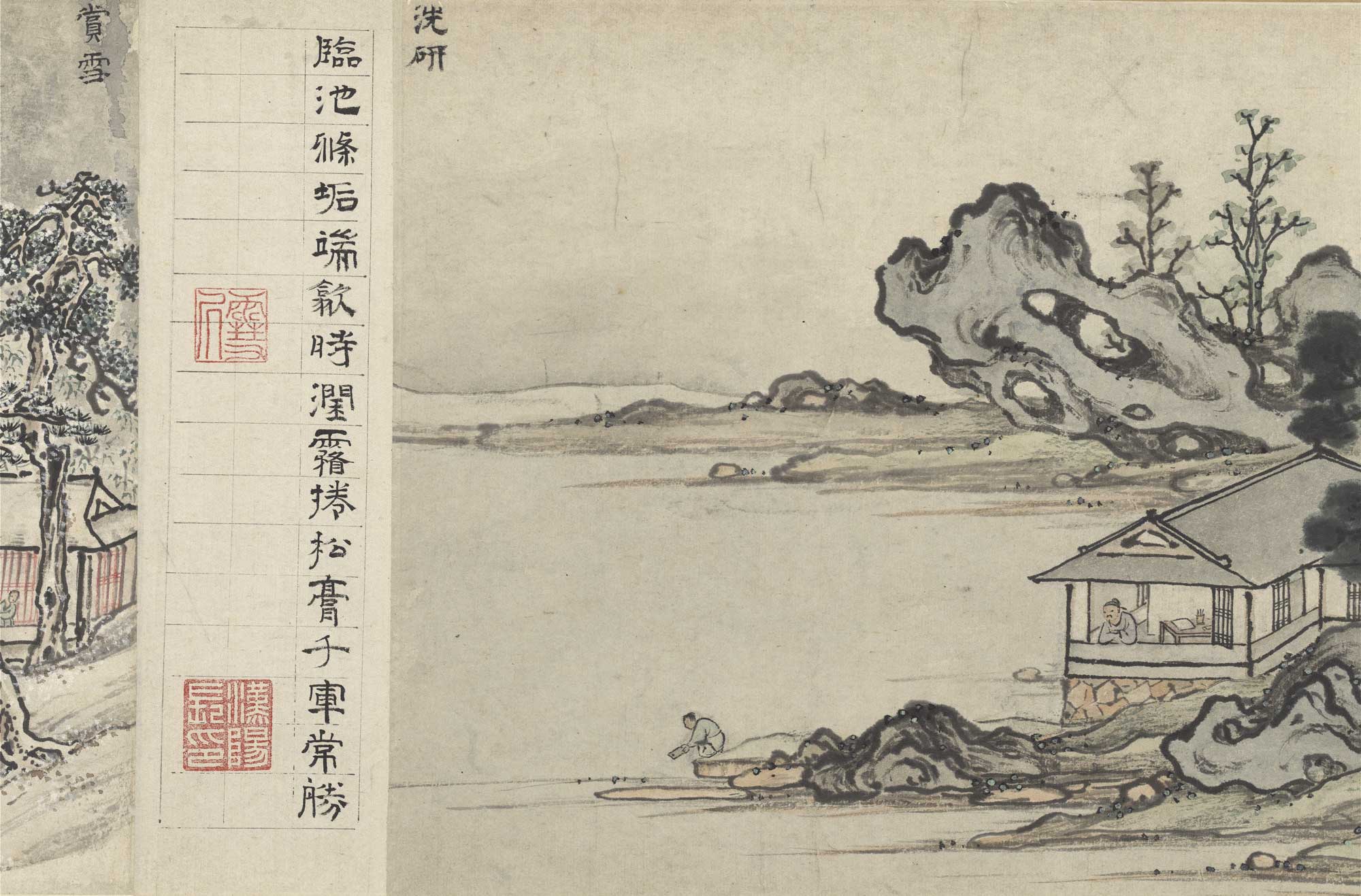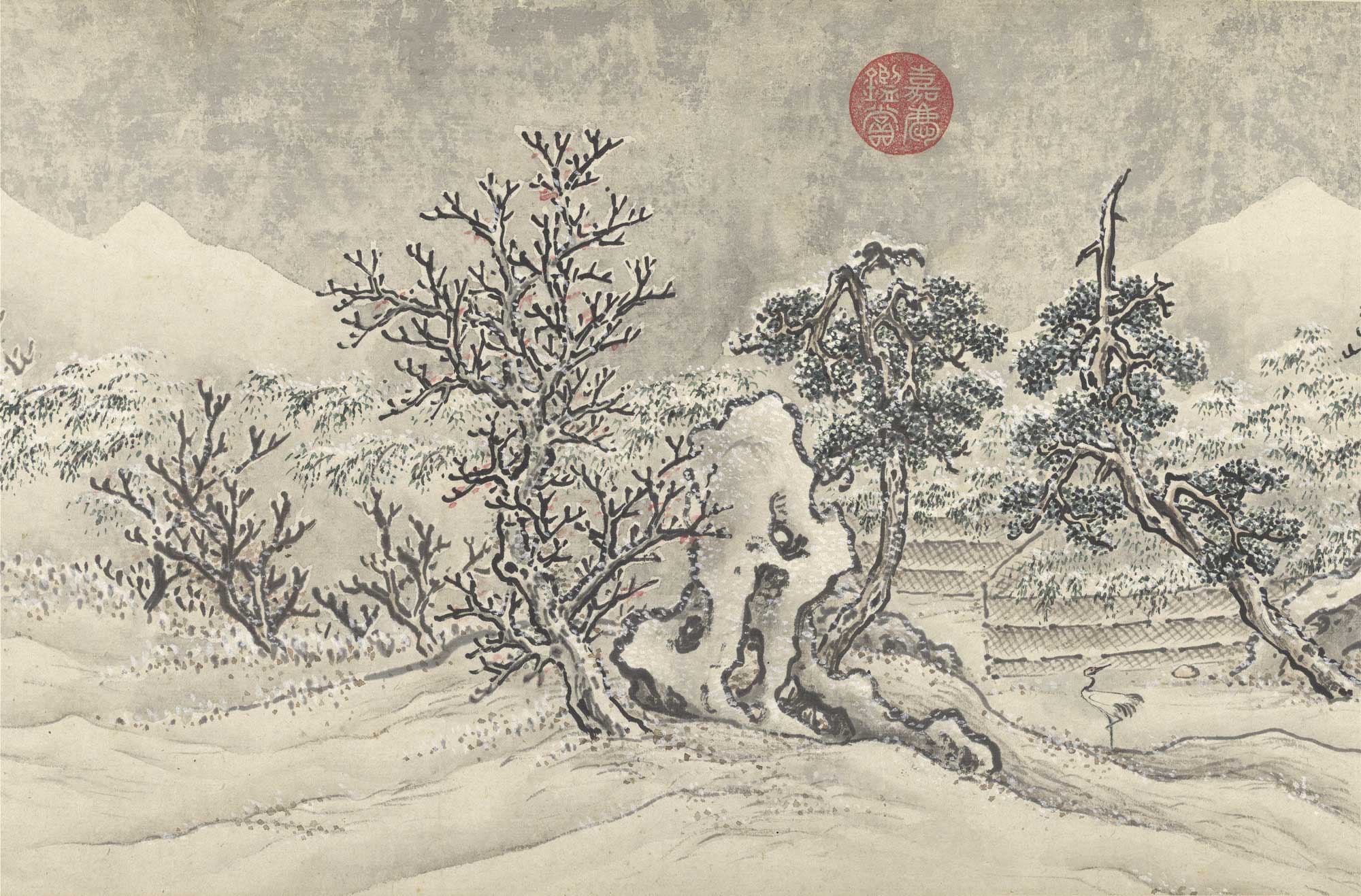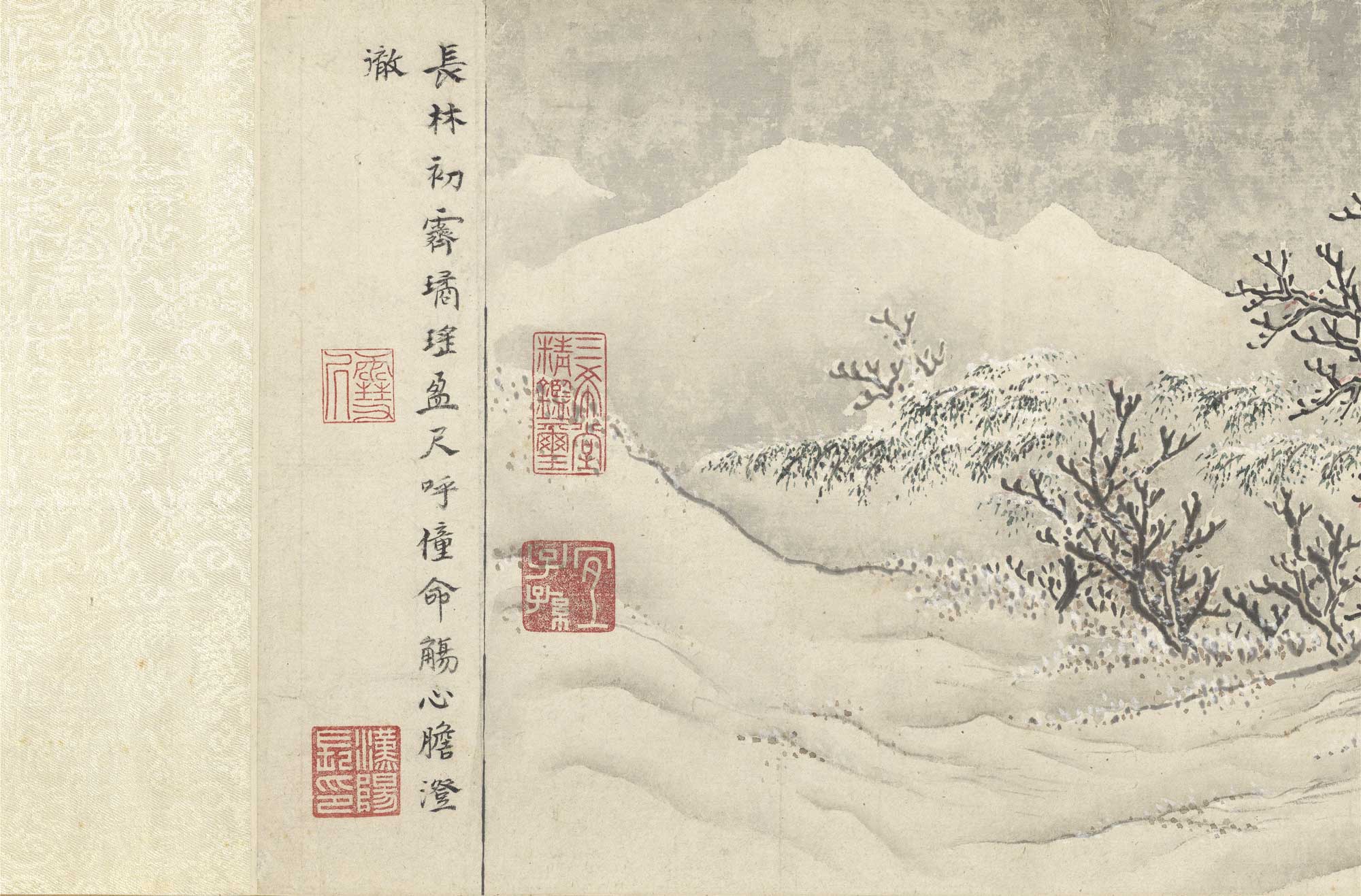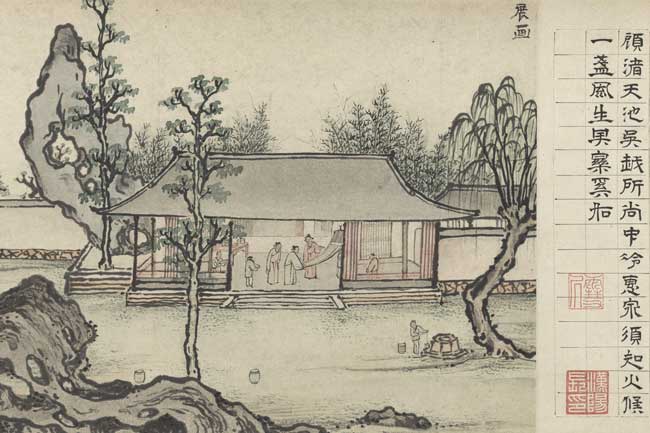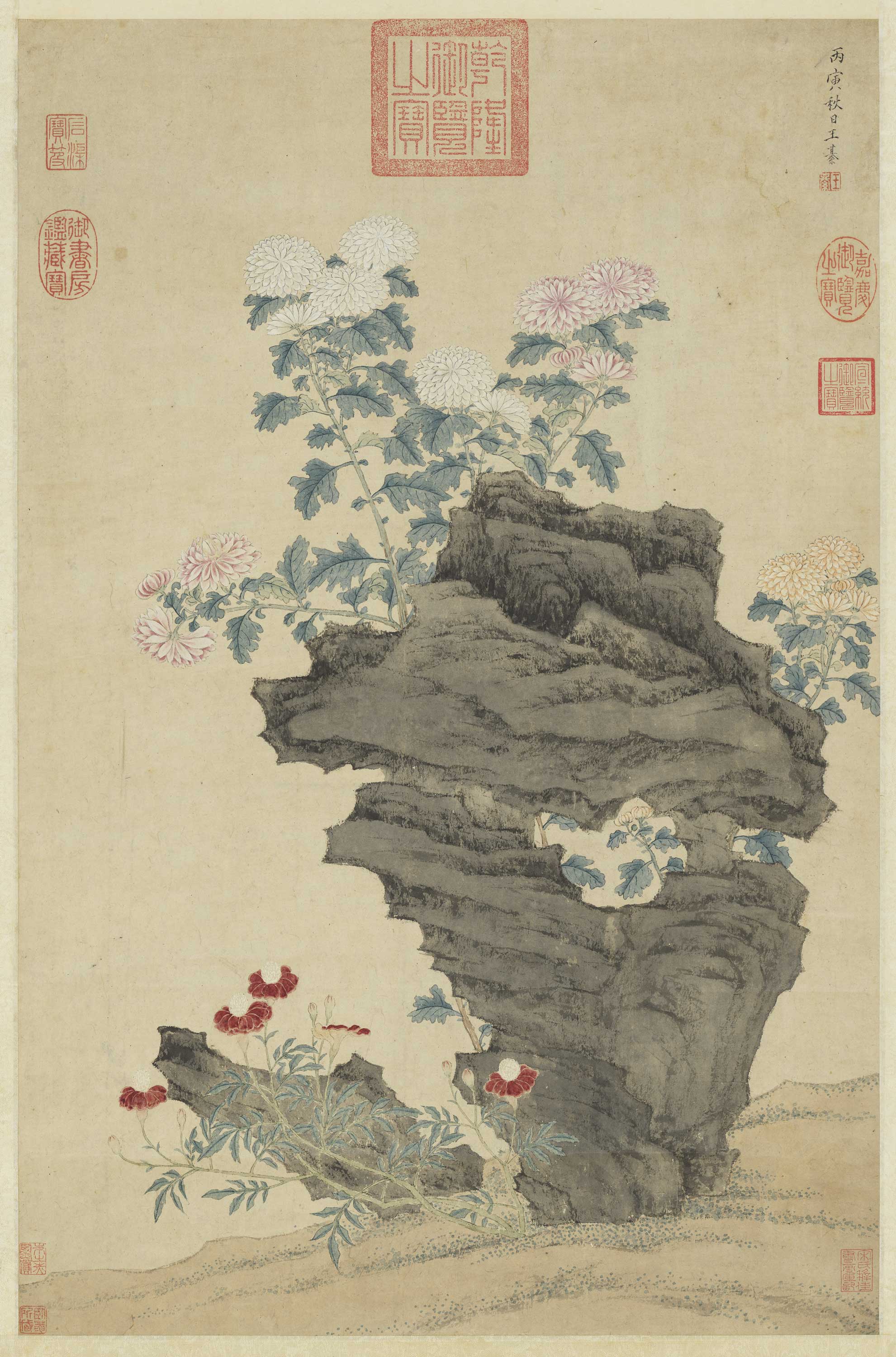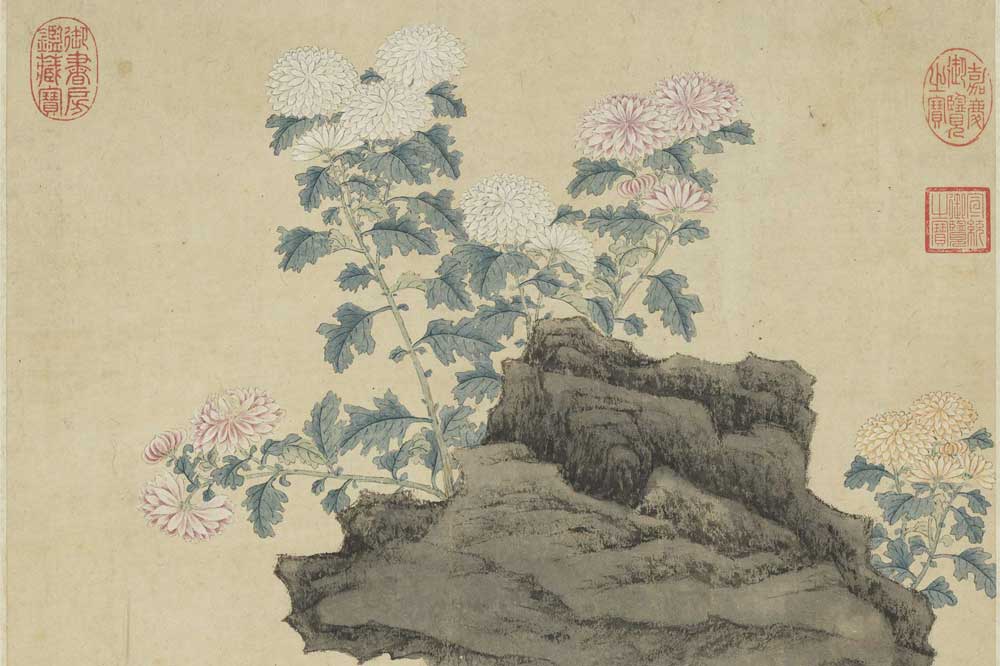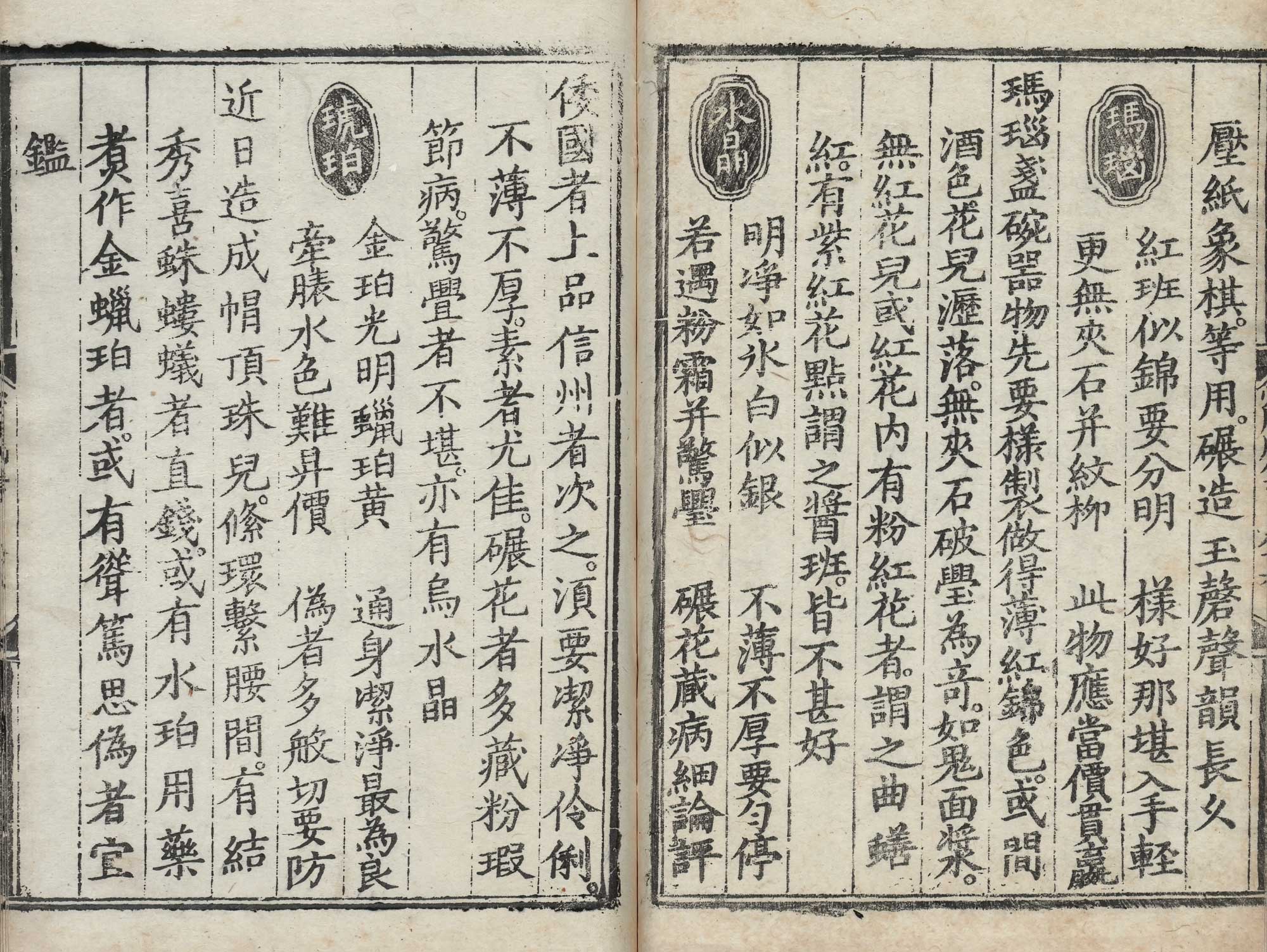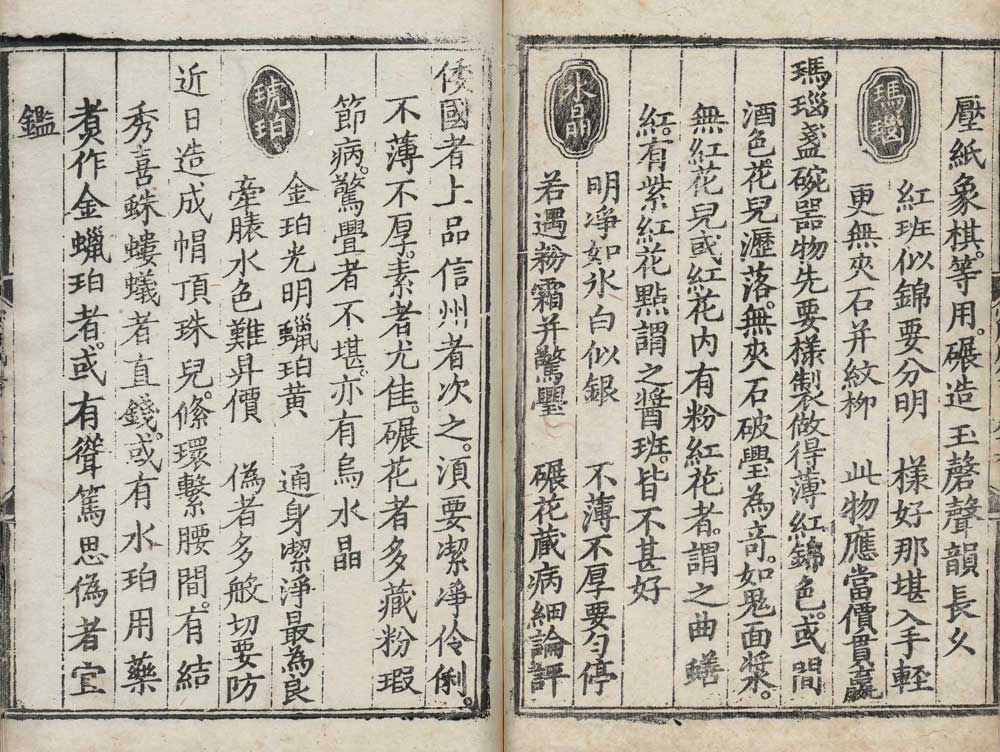Applicable Things
Objects such as ink stone, ink rest, water dropper, brush washer, paperweight, incense burner, and also vase, all together had formulated the scenario of literati's life in the 17th century. These ideal objects for being pure admirations or as part of studio decorations demonstrate the unique lifestyle under a specific time period. Objects bearing marks of the collectors have reflected the preference and financial capabilities of the literati and the connoisseurs. The subtle differentiation between the 'applicable' and the 'inapplicable' signifies the knowledge and judgements of taste held by Wen Zhenheng and his friends. Among the repetition of seasons, the literati situated their body and soul in the world, which is formed by the objects. The "Scene of the Studio from the Ming dynasty" is exactly the ideal embodiment under the value.
-
Lacquer Container with Paulownia Flower Design
- 18th century
- Japan
In the Treatise on Superfluous Things, entry "box" mentioned the phrase "wo box", which was the Japanese lacquered box. The lightweight and exquisite craftsmanship make them suitable for storing "ancient jades, precious objects or small scrolls from the Jing and Tang dynasty" and also "scrolls, incenses or curios". It's better to have many in the studio.
-
The Illumination in the Thatched Hut
- Sun Kehong (1533-1610)
- Ming dynasty
This piece illustrates the twenty graceful lifestyles of literati in the late Ming dynasty, and each is adorned by light descriptions. Through the images and words, we can sense the particular taste of living similar to Wen Zhenheng's.
-
Autumn Scenery from the East Fence
- Wang Qi (active in the first half of the 17th century)
- Ming dynasty
This piece by Wang Qi illustrates the Chrysanthemum and stone with elegant colours and abundant details. According to the entry "Paintings Displayed for the Seasons" in the Treatise on Superfluous Things, This imagery is suitable to be displayed in September and October.
-
Jujia Biyong Shilei Quanji
- Complete Collection of Classified Affairs Essential for Those Living at Home
- Anonymous, Yuan dynasty
- Imprint by the Silijian (Directorate of Ceremonial), Ming dynasty
This book was compiled during the Yuan dynasty in the 14th century, providing complete instructions on indispensable matters for use at home. Ten sections are included to address the subjects of study and learning, family discipline, government officialdom, dwelling and residence, agriculture and sericulture, diet, bureaucratic institution, medical formulae, and life extension. The section of Wu in particular contains two sub-sections entitled "Wenfang Shihyong (Implements Suitable for Use in Studios" and "Baohuo Bianyi (Assessment of Precious Goods)," which give guidelines for literati on how to purchase brushes, inks, paper, and ink stones, as well as rare items not for daily use that include objects of ivory, gold, silver, jade, crystal, agate, amber, pearl, and coral.
-
Dish in Celadon Glaze
- Ru ware
- Northern Song dynasty (960-1127)
The mark of "Treasure Collection of An Yizhou" carved on the wood stand of this work shows it was actually An Qi's collection before entering the Qing court. An Qi (1683-1745) was a painting and calligraphy collector active in Tianjin and Yangzhou in the first half of the 18th century. He was excellent in appraising antiquities and had written Moyuan Huiguan. Another aspect is that if we return to the time of Wen Zhenheng, we will realize that he seldom mentioned Ru wares. However, earlier than Wen's publication, Gao Lian had already talked a lot about the traits of Ru wares in Zunsheng Bajian (Eight Treatises on Following the Principles of Life). It presents the change of antiquities circulation.
